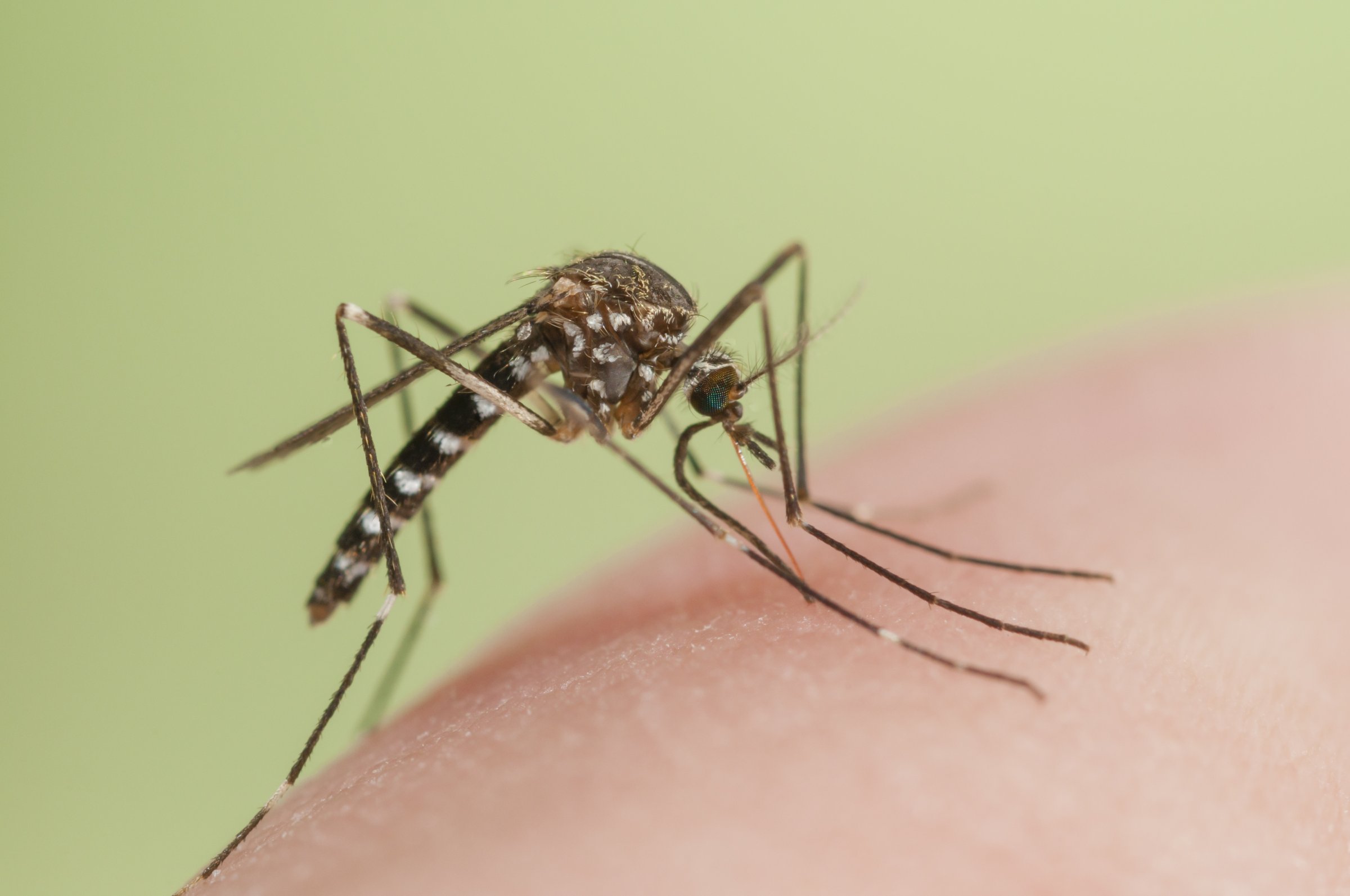
Ever wonder why mosquitoes seem drawn to your body like magnets? Scientists now understand the method the insects use to find their human prey, and it involves three steps.
According to new research published in the journal Current Biology, mosquitoes are attracted by the scent of CO2 — which is found in human breath. The insects can pick up on this trigger from a distance of 10 to 50 meters. Moving in closer, mosquitoes pick up on visual cues to find their target, an idea the researchers tested with a black spot on the floor of a wind tunnel. They can use sight to find humans from 5 to 15 meters. Finally, mosquitoes are attracted by the heat of the human body, which researchers confirmed with a heated glass panel that otherwise blended in with its surroundings. The insects can be drawn to heat from within a meter.
While scientists already knew that these three elements contributed to mosquitoes’ homing method, this is the first time they understand how all three parts work together.
[BBC]
See 40 Stunning Images Captured Through A Microscope

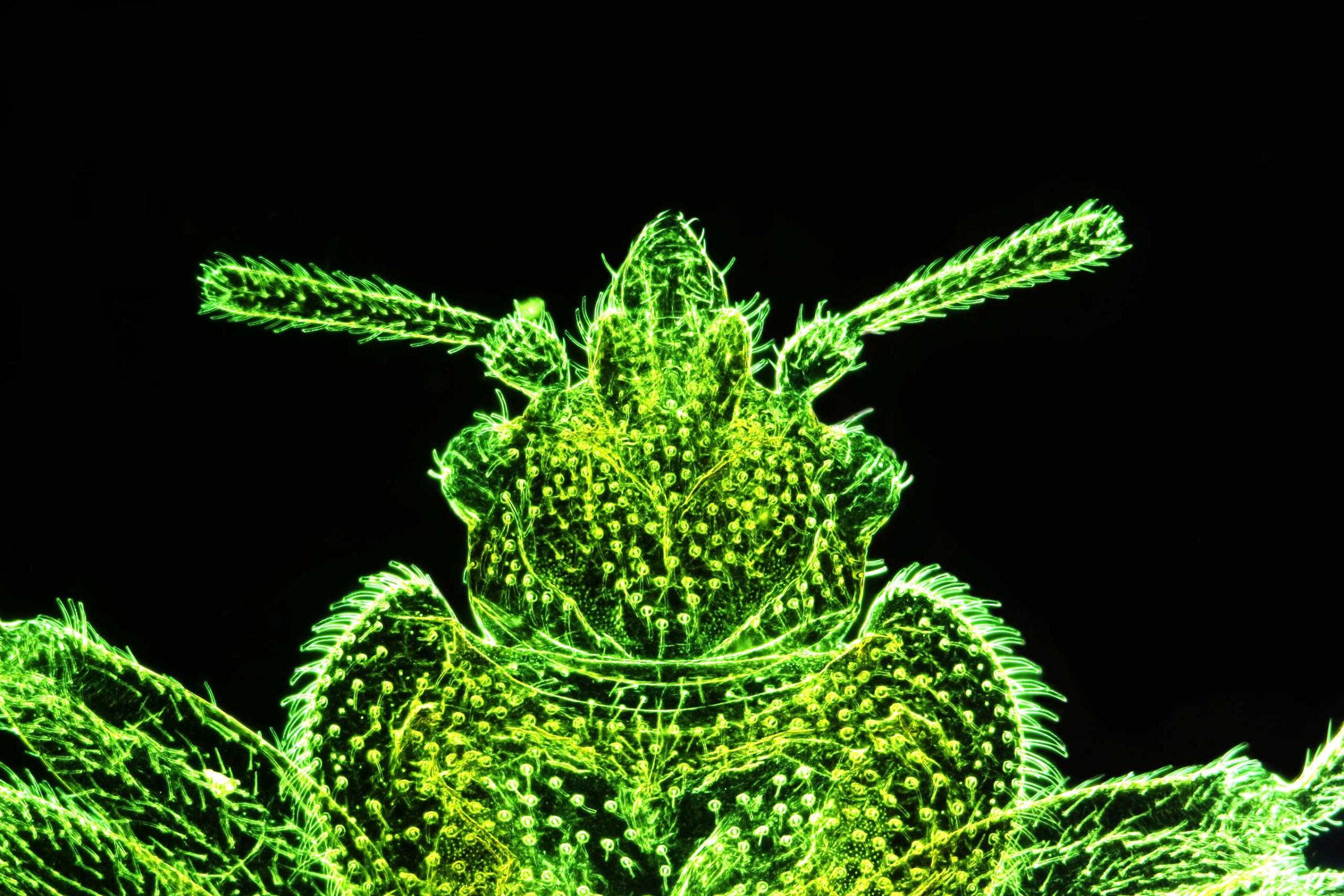
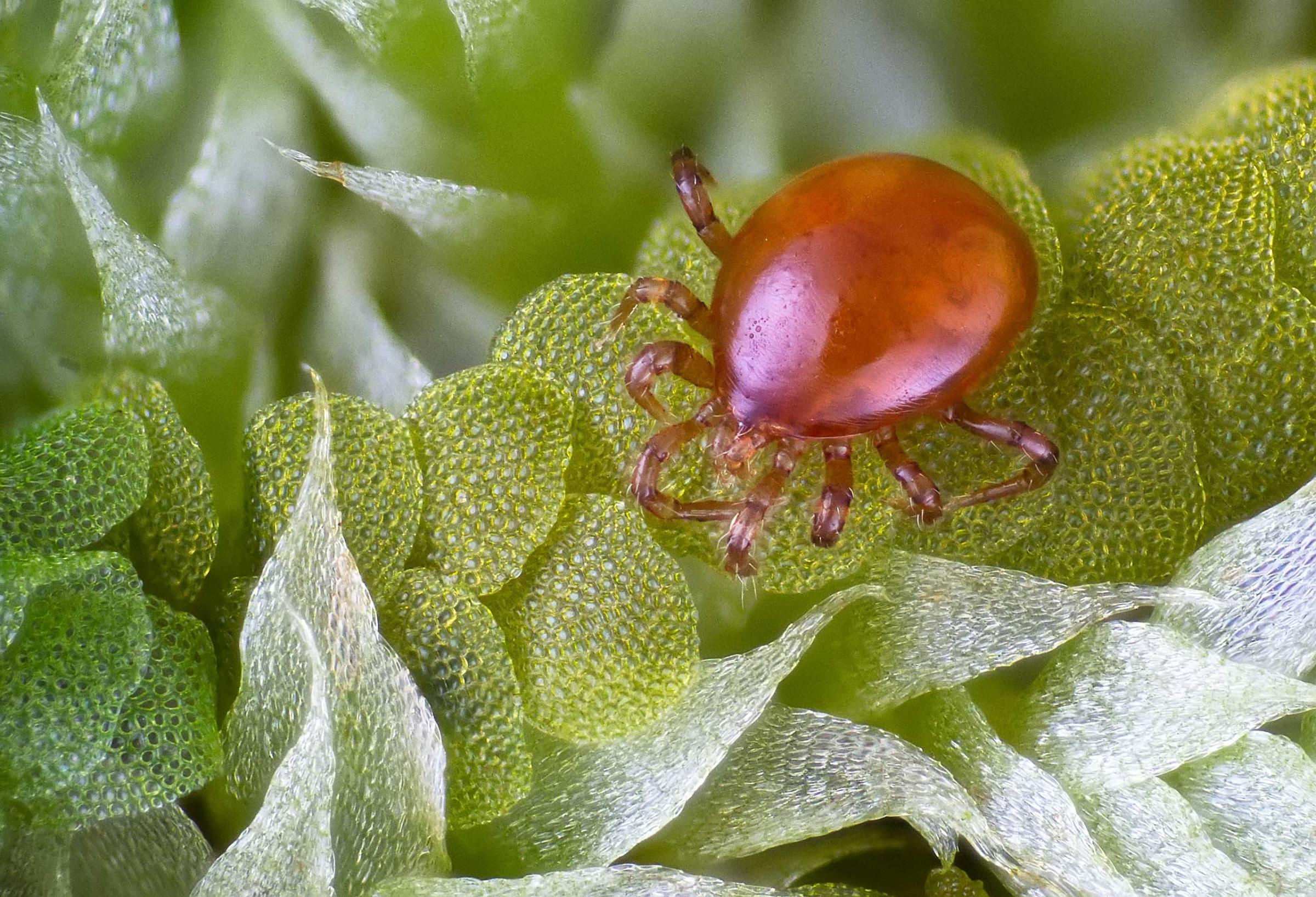
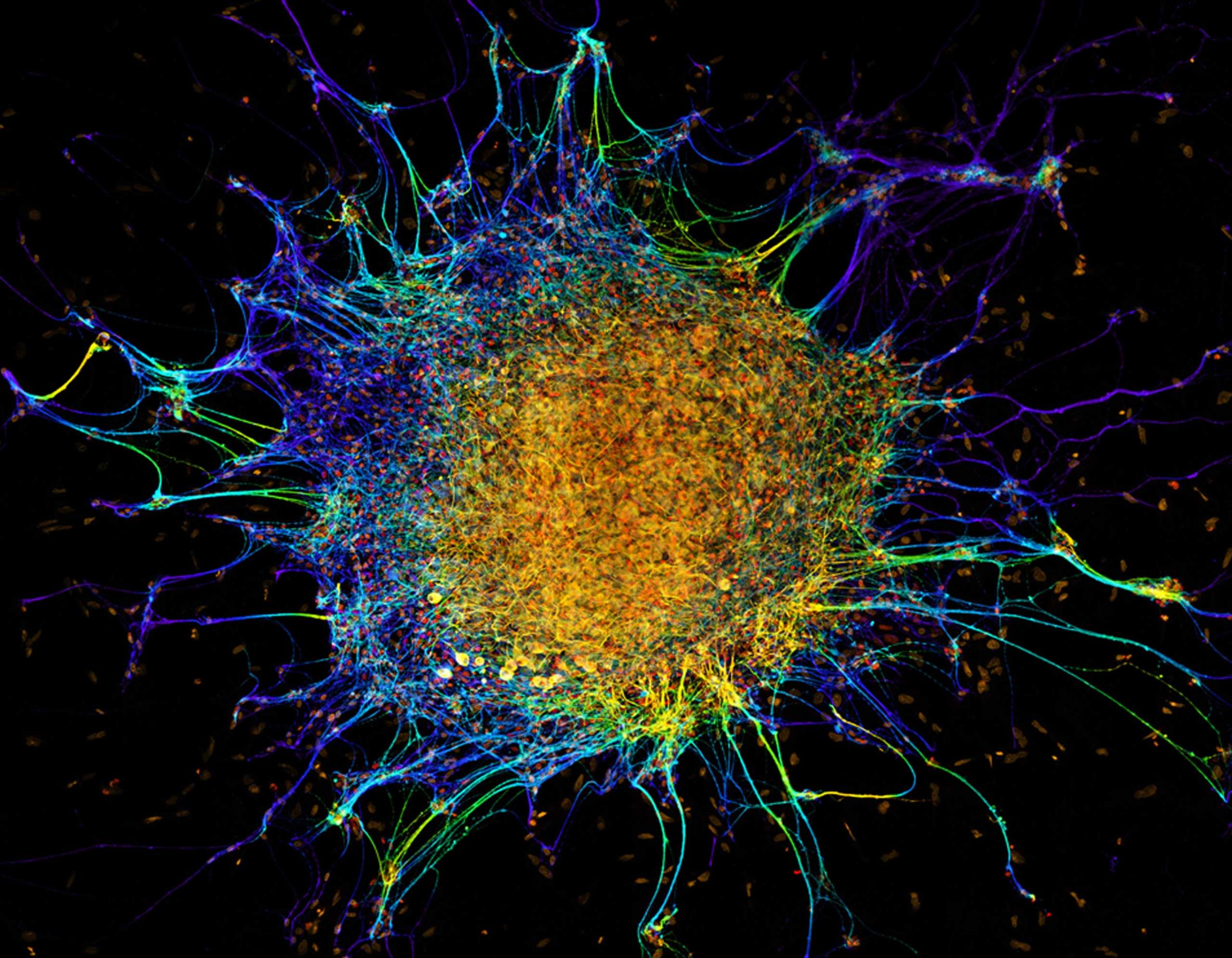
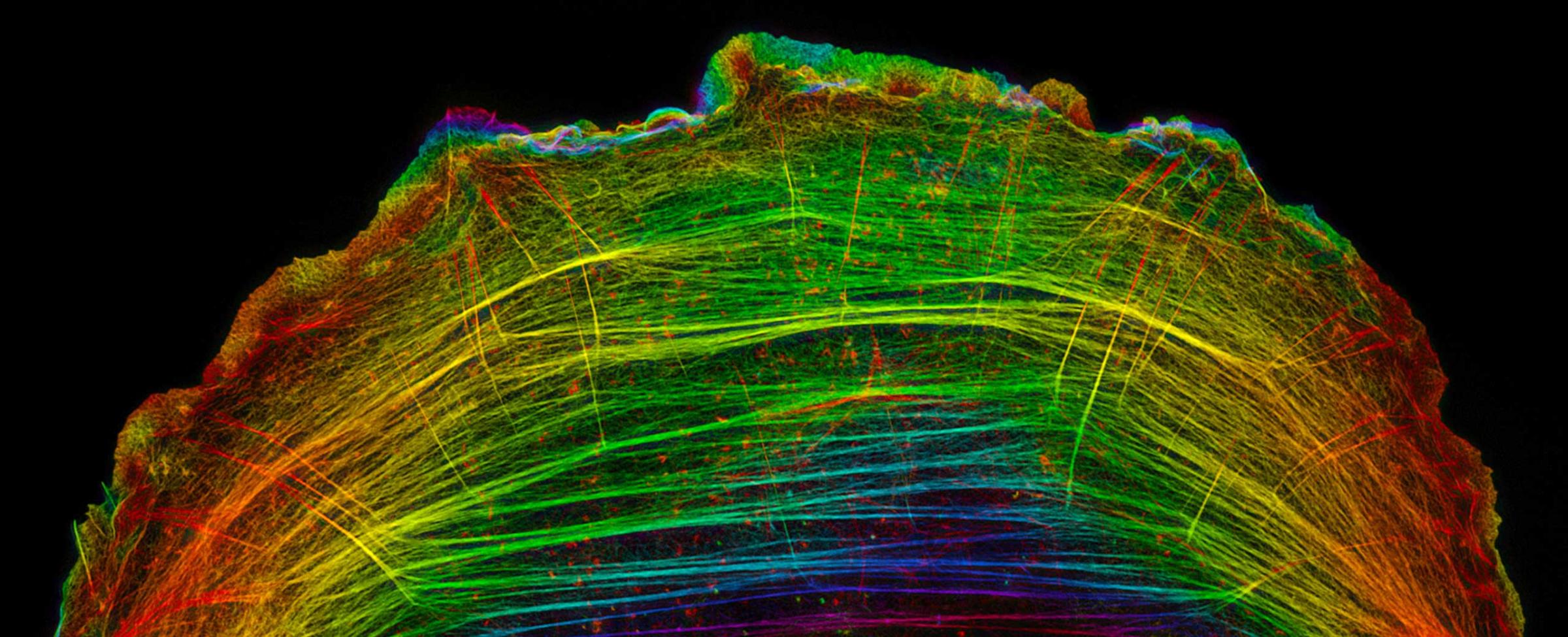
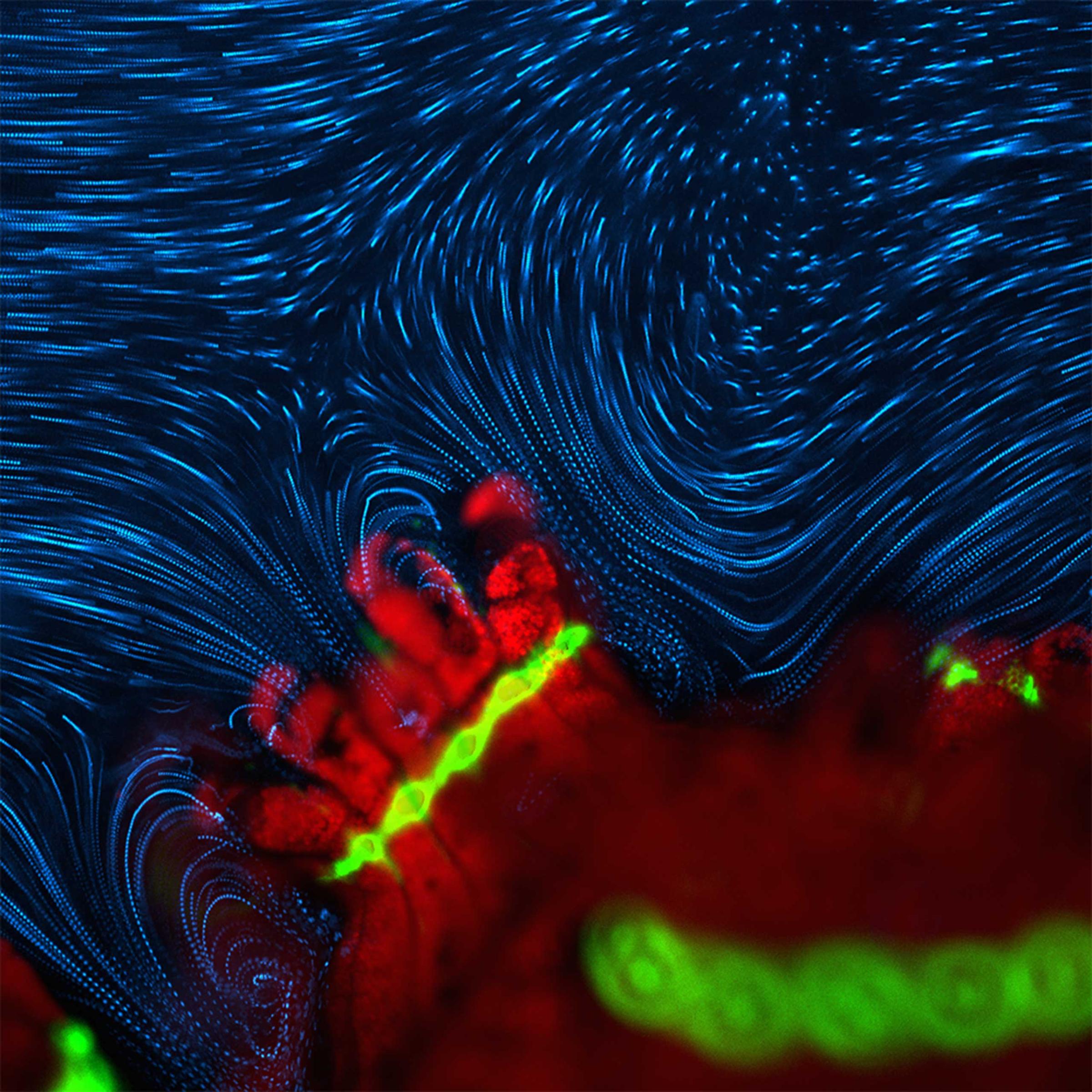
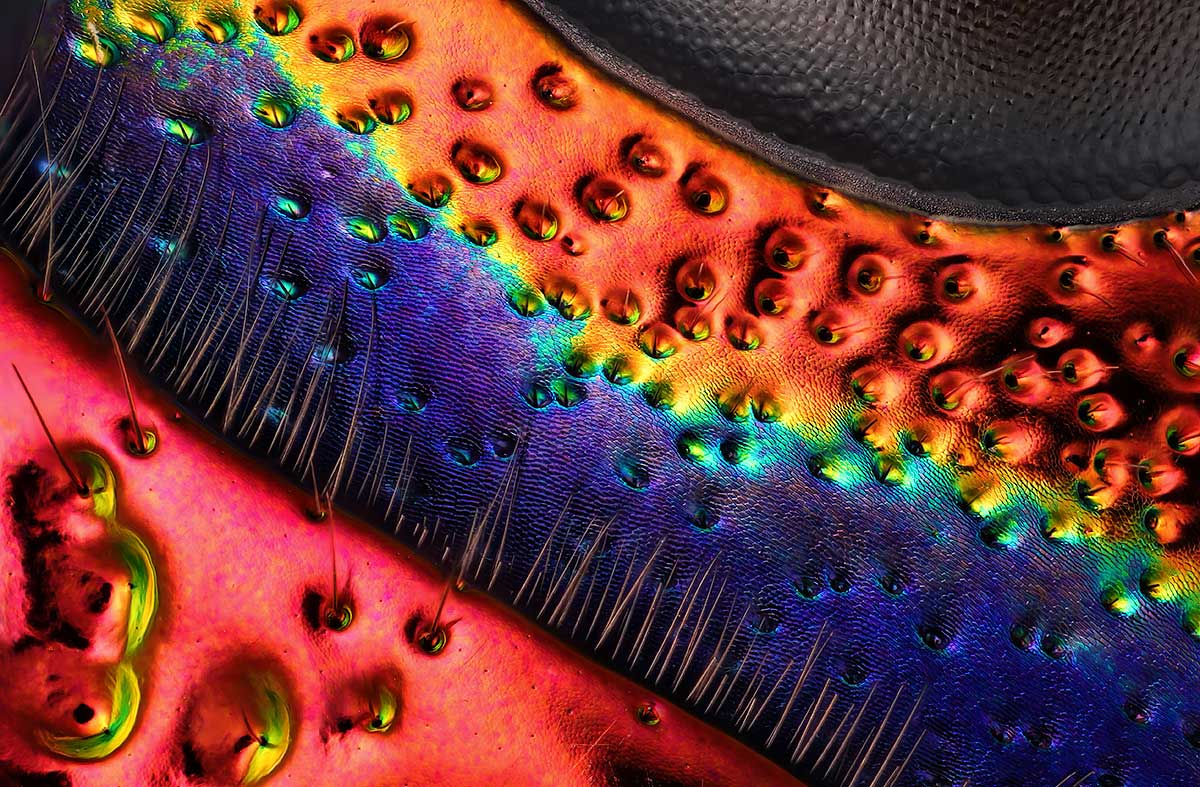


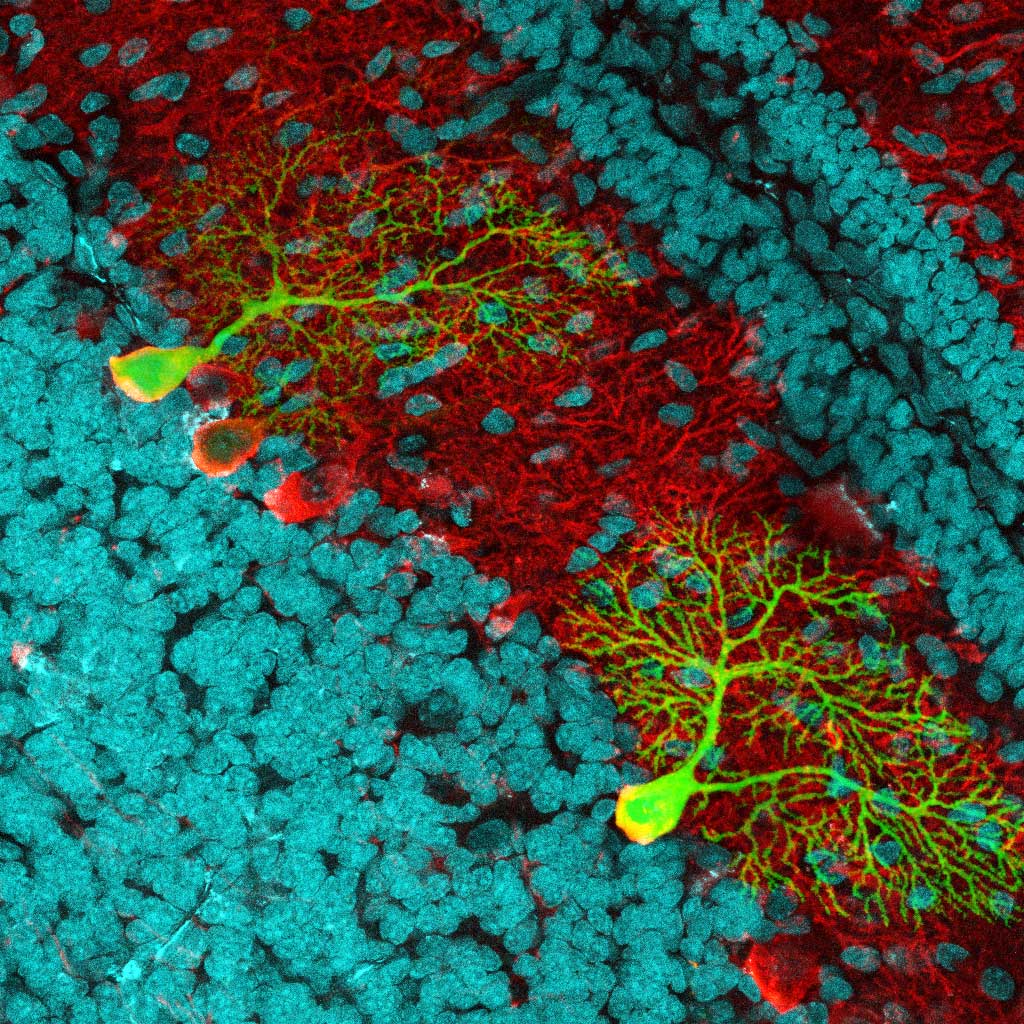
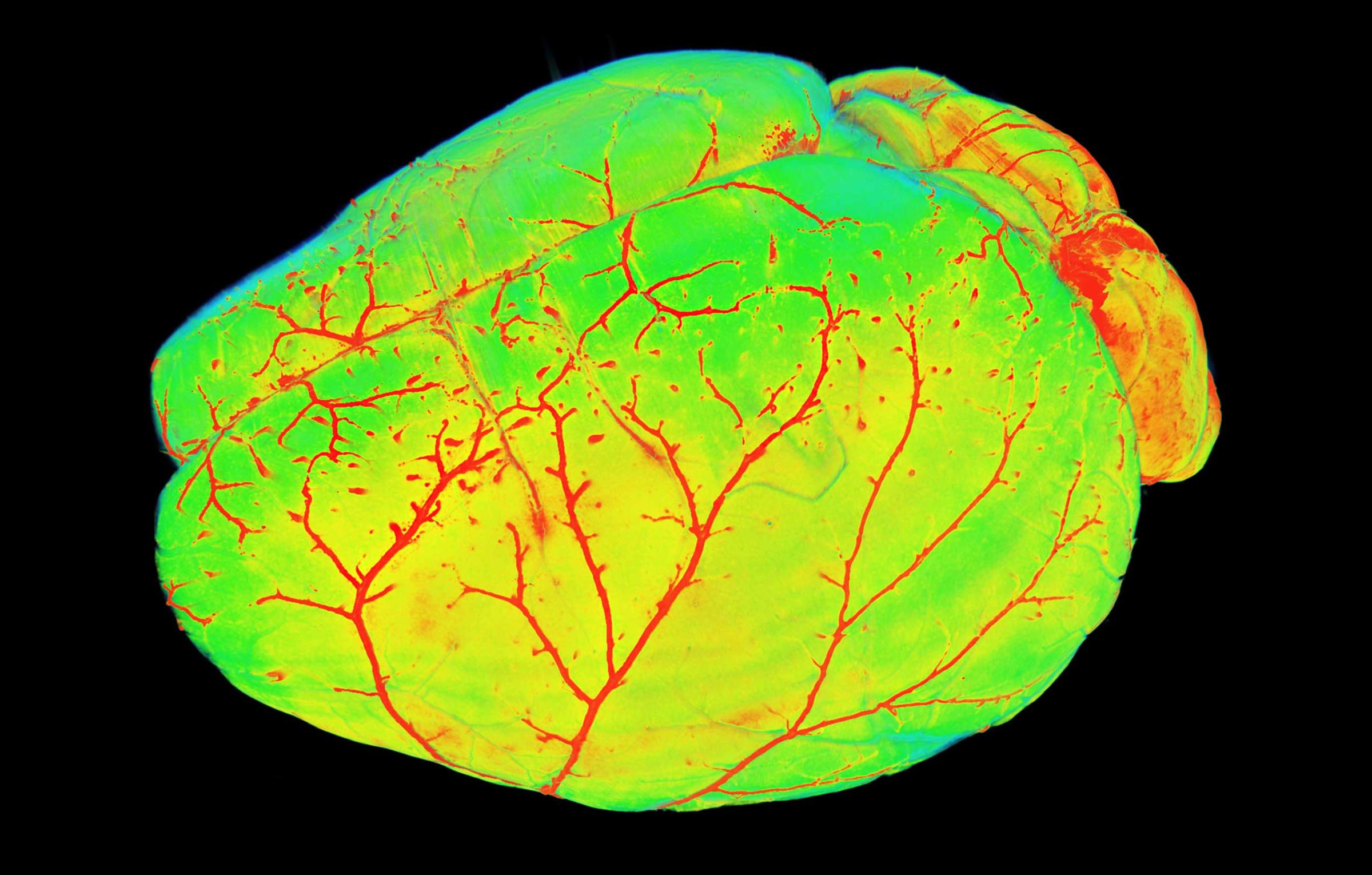
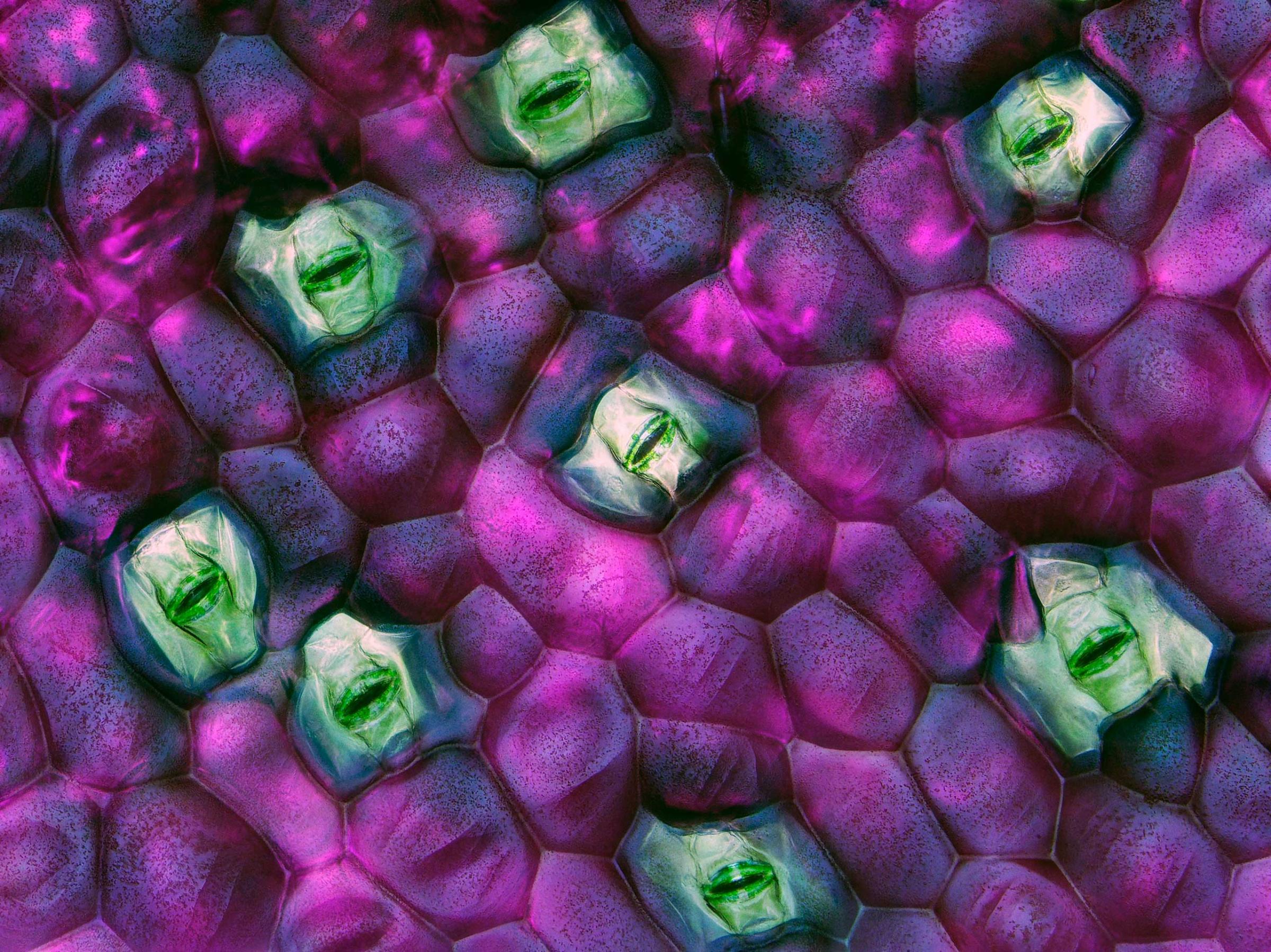
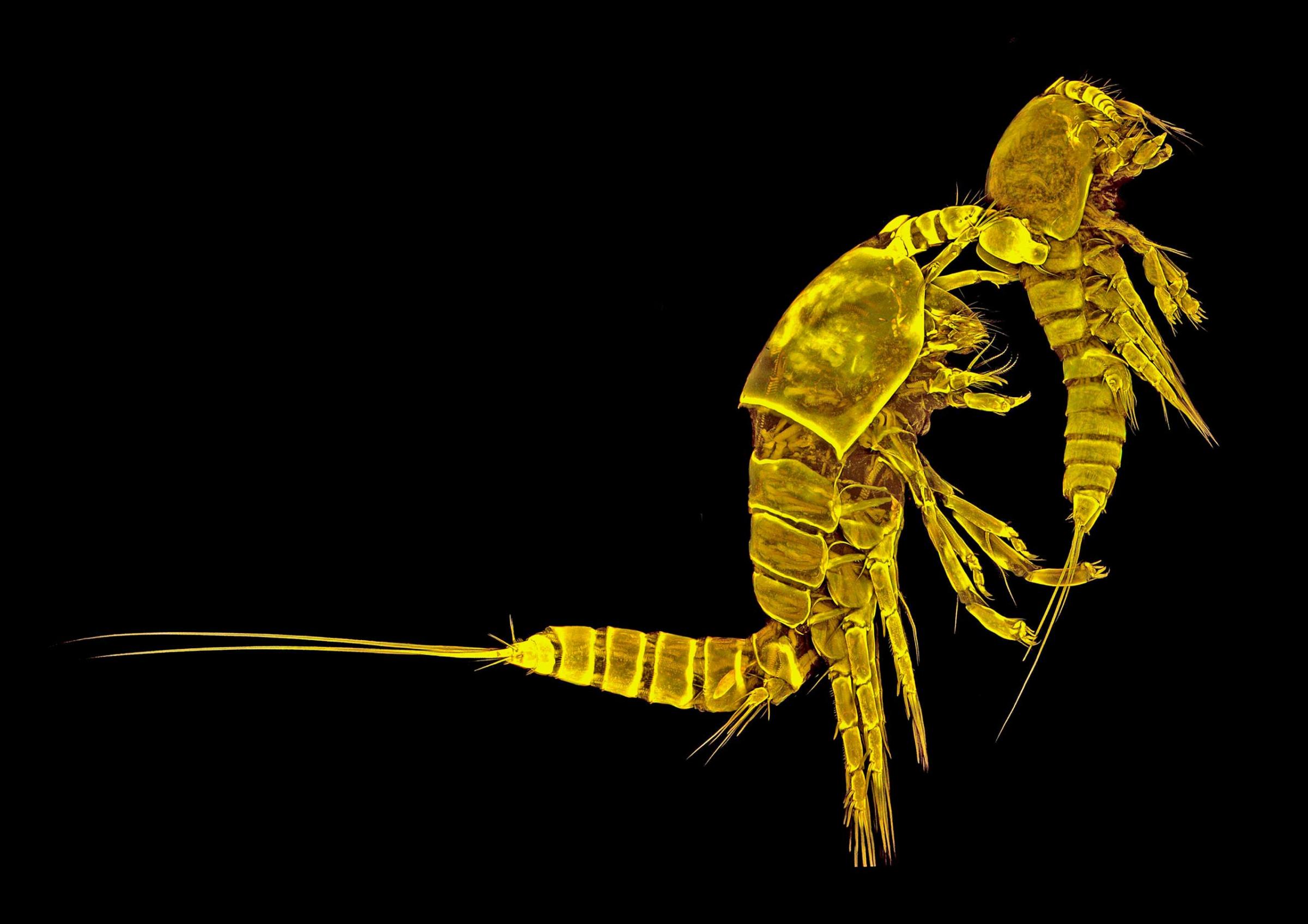
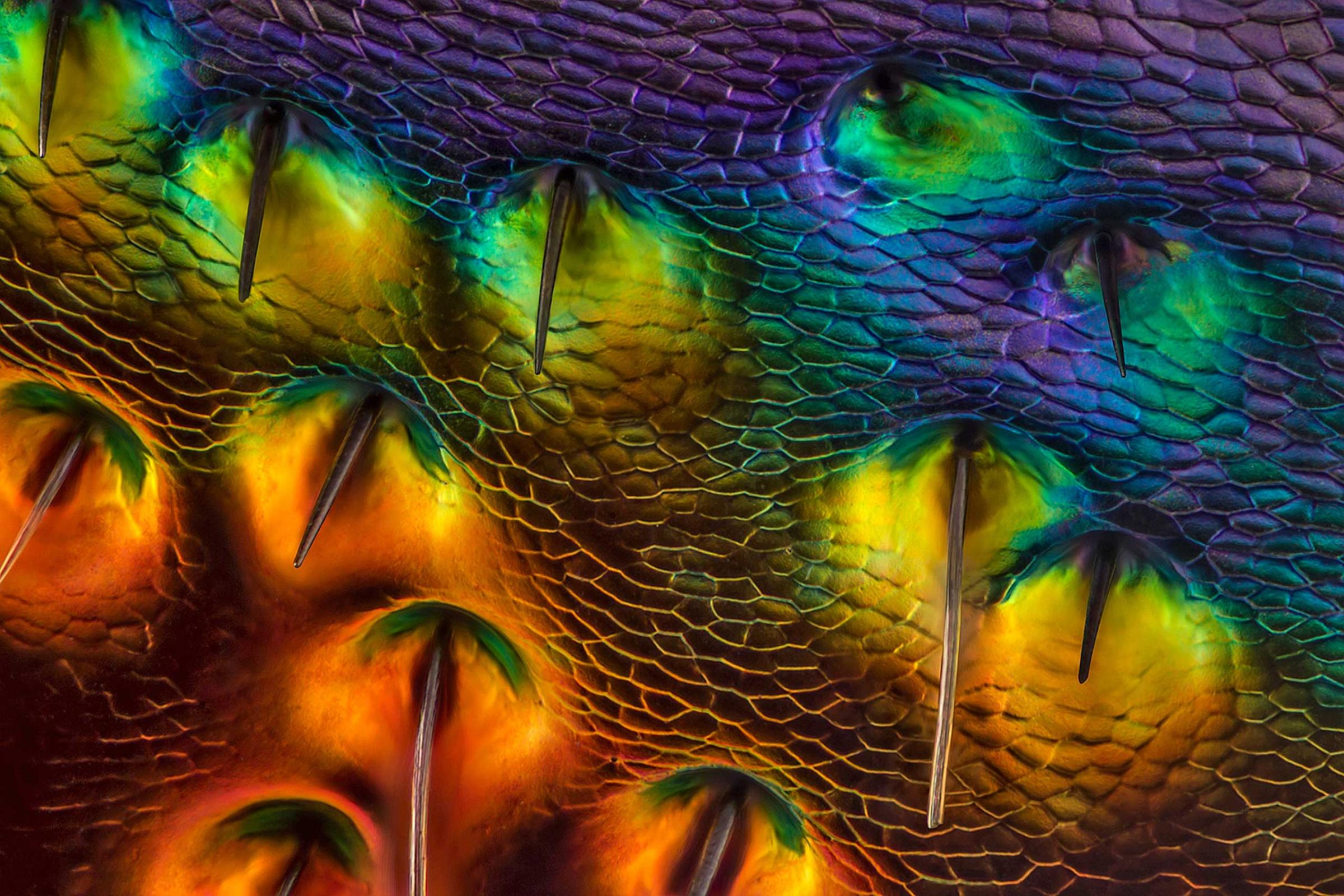

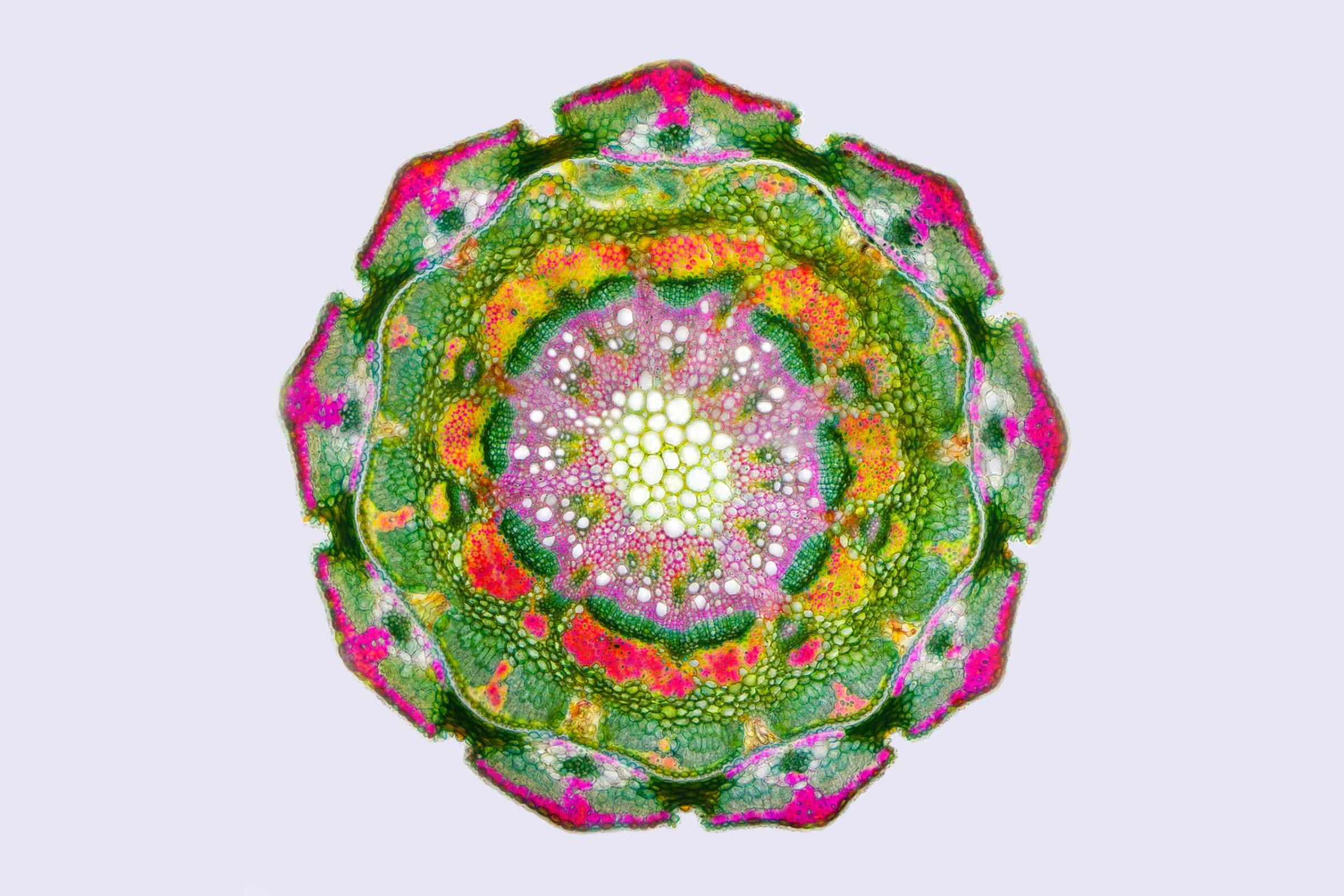
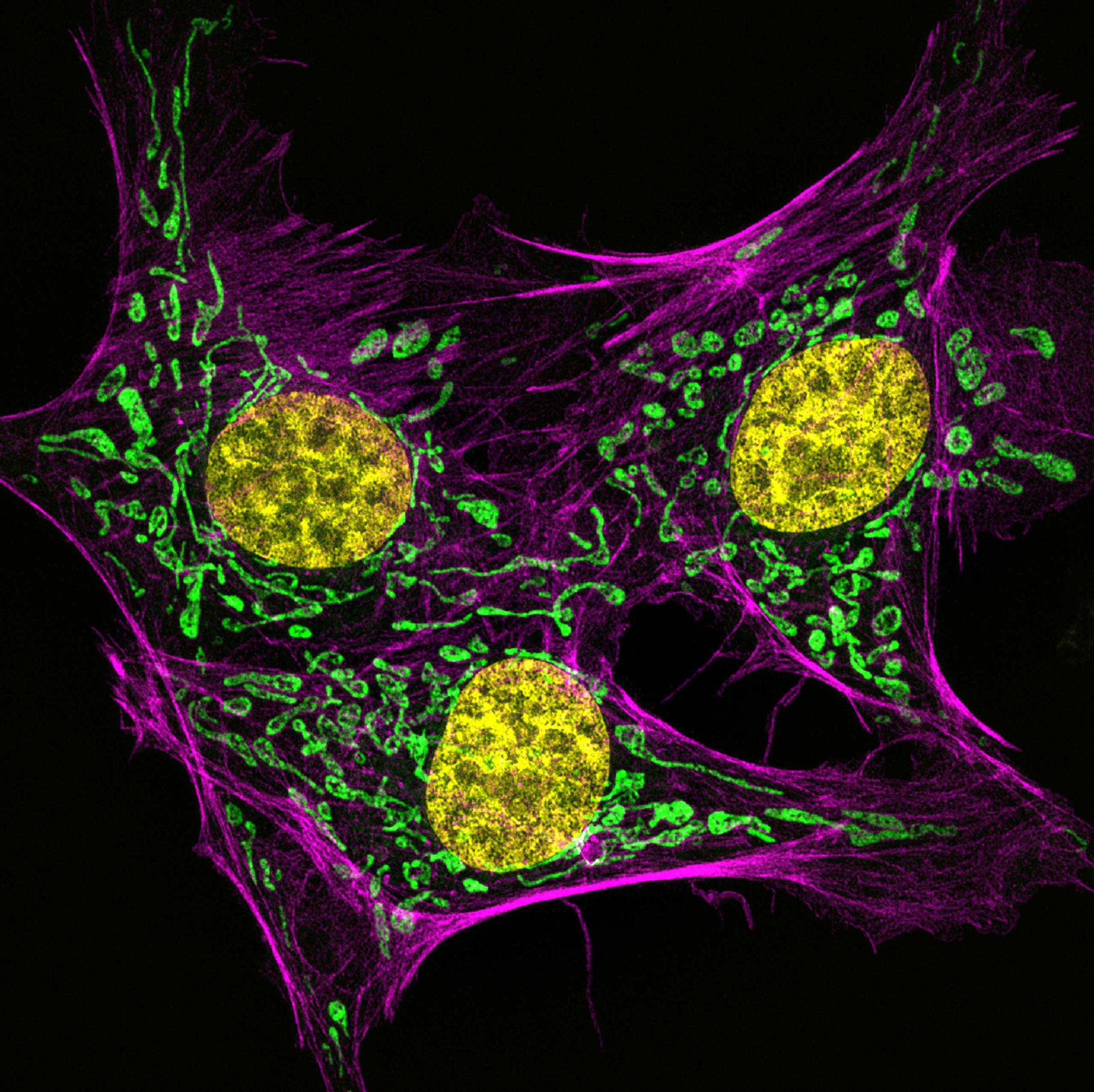
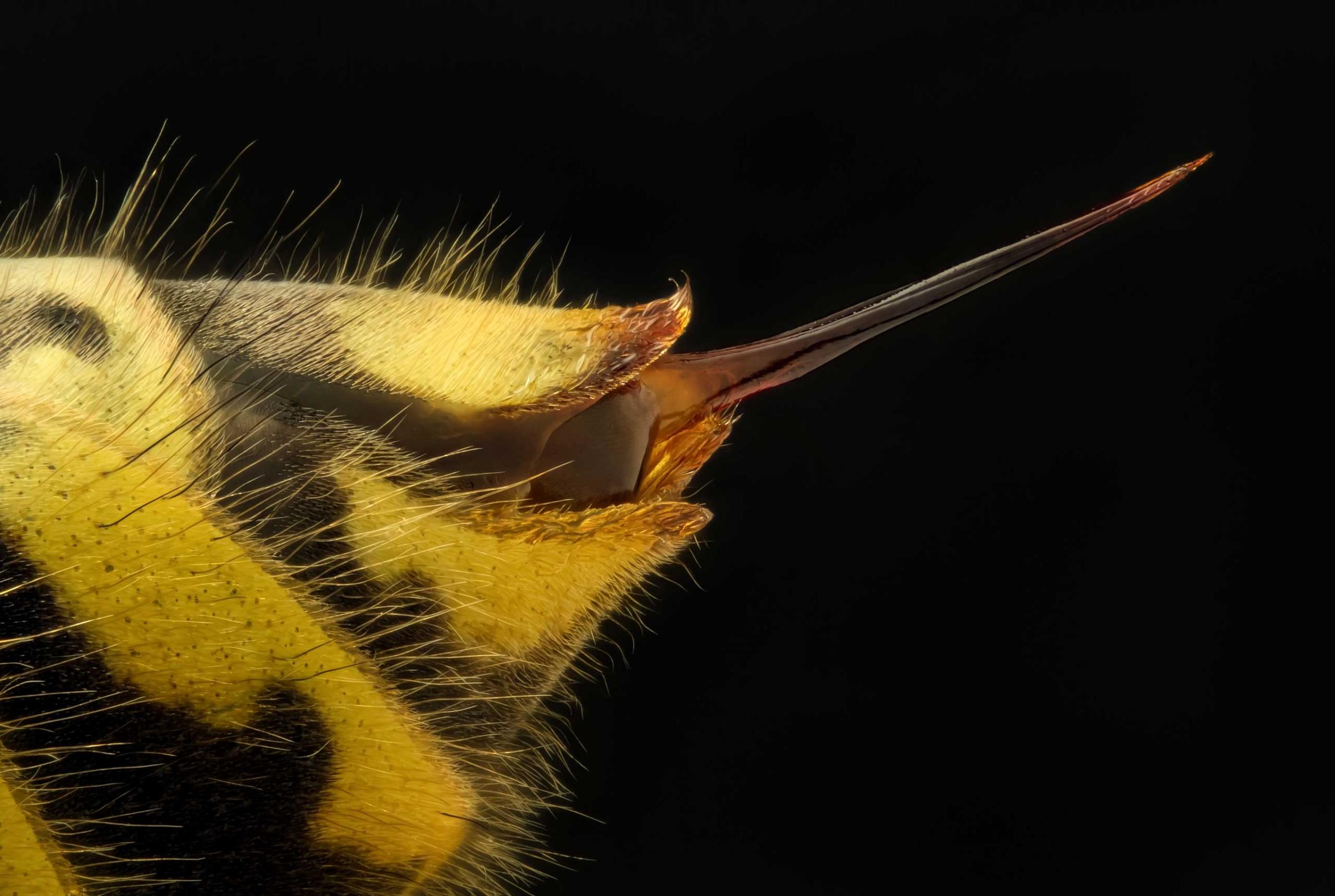
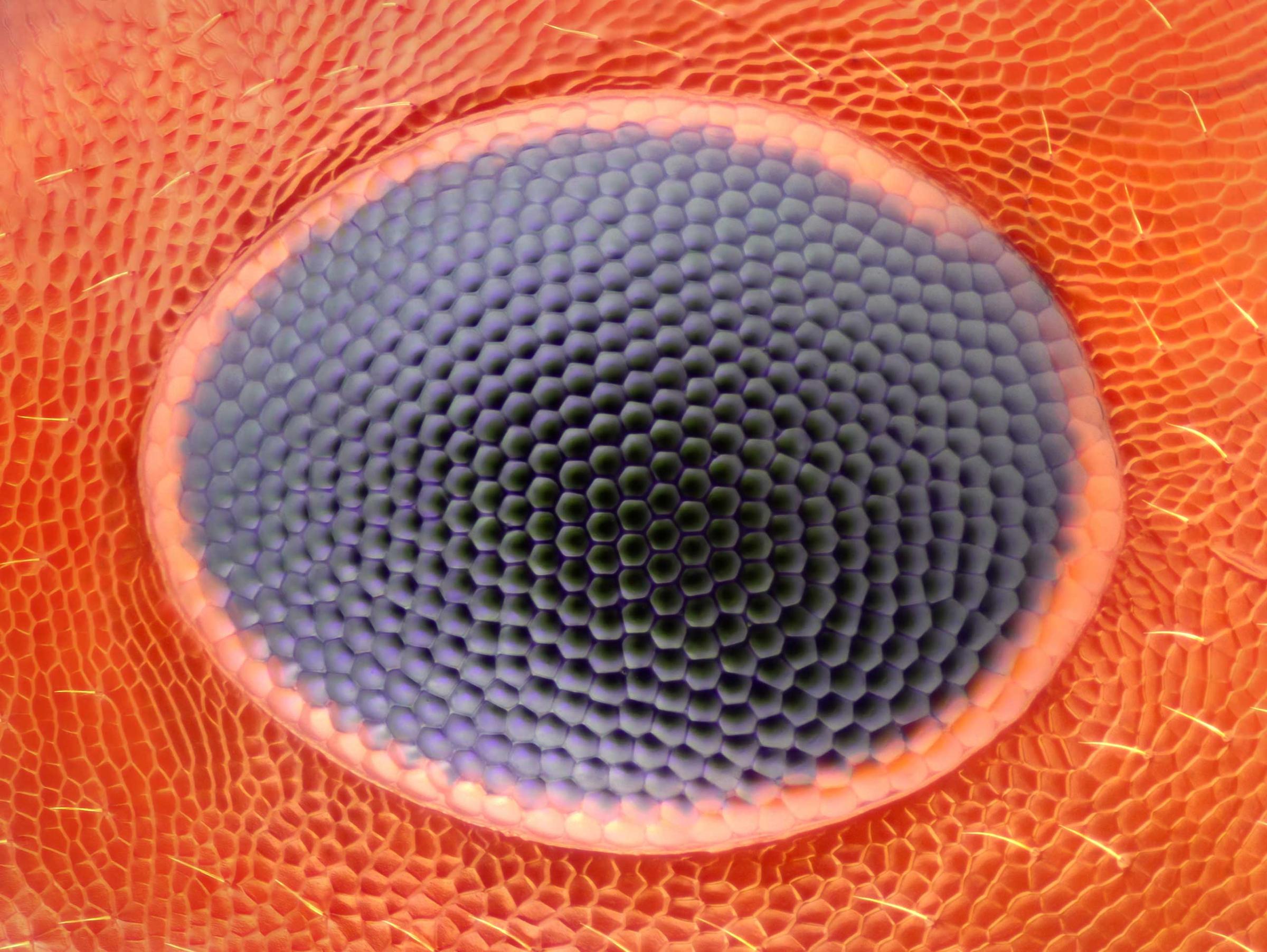
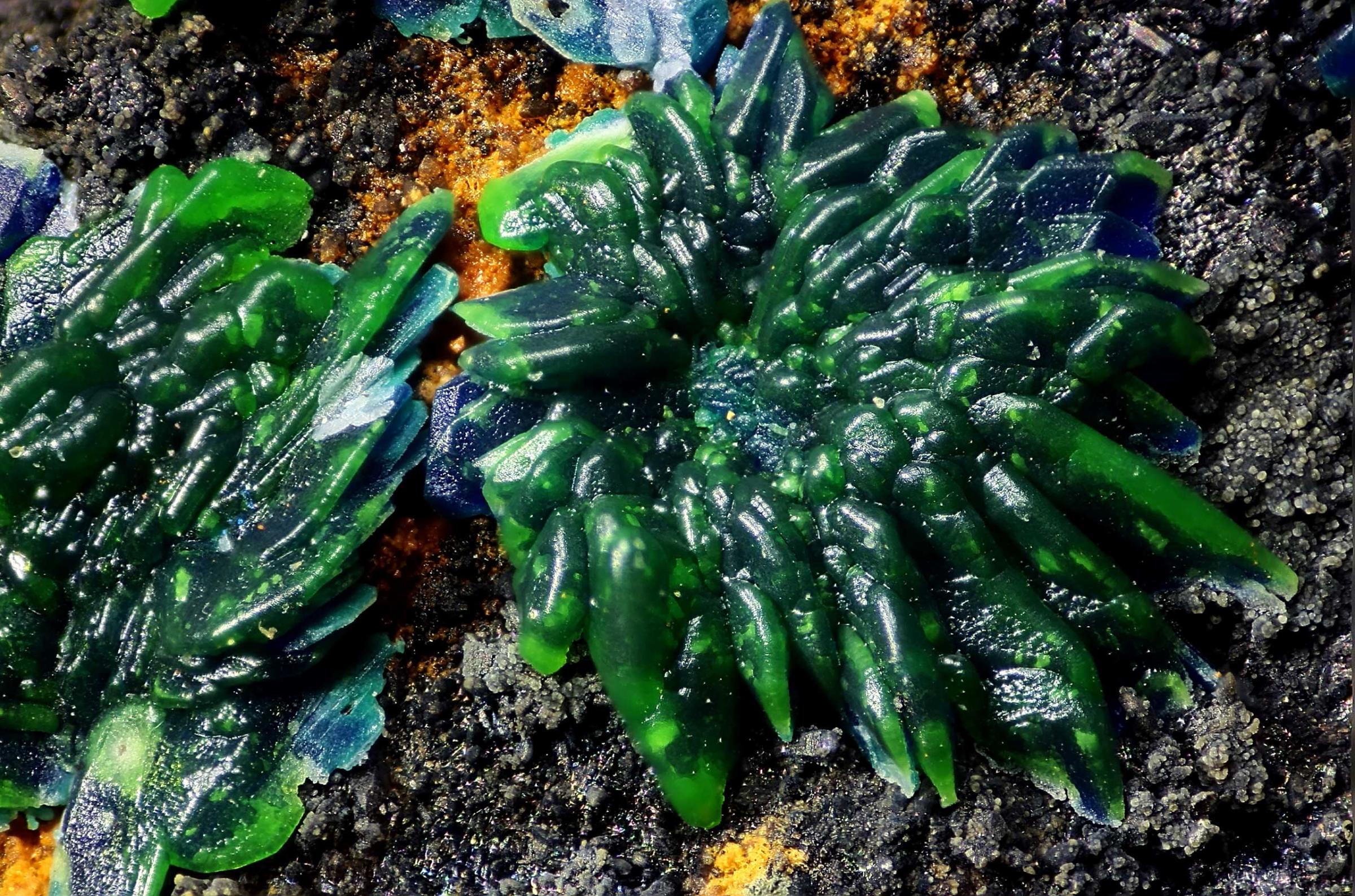
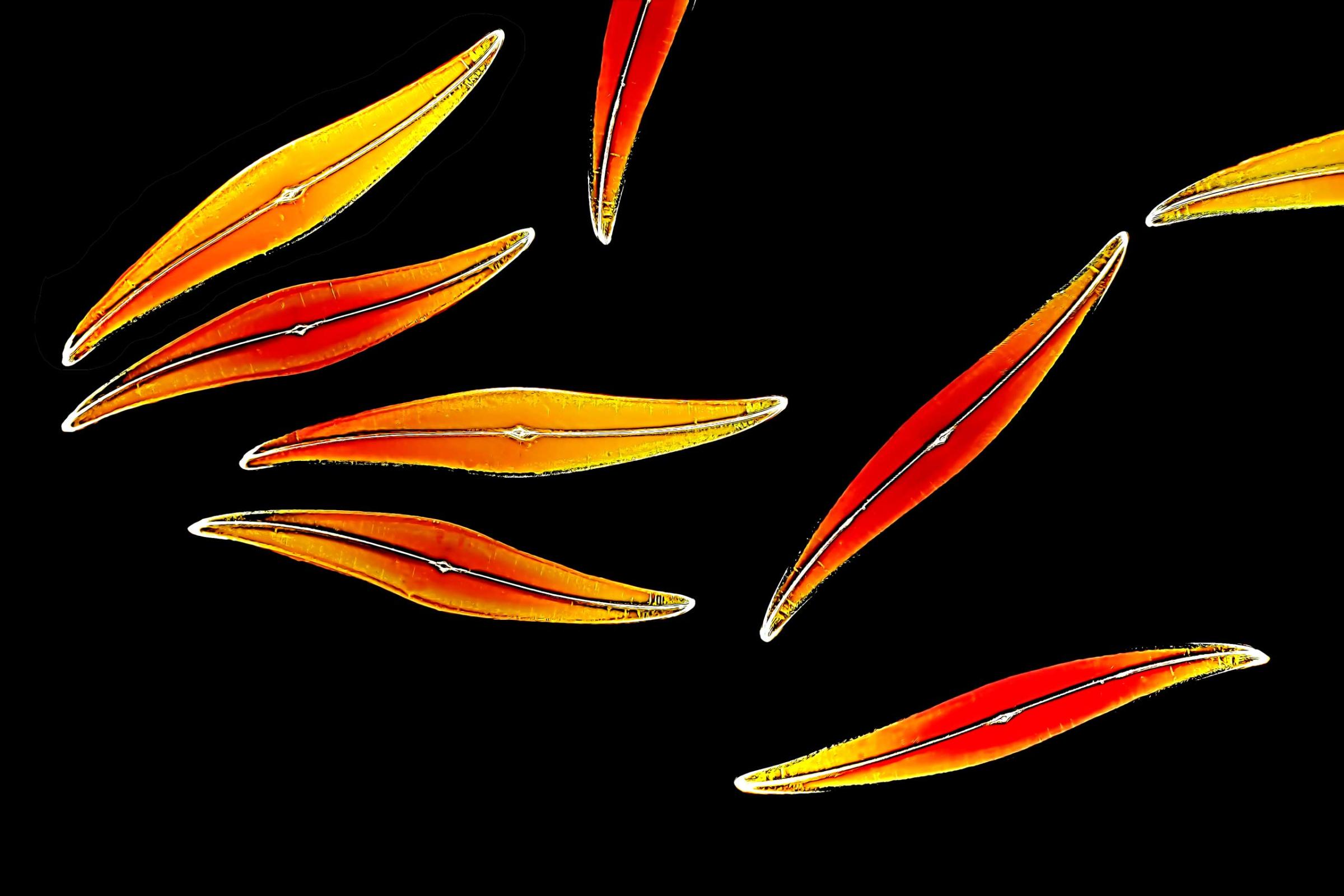
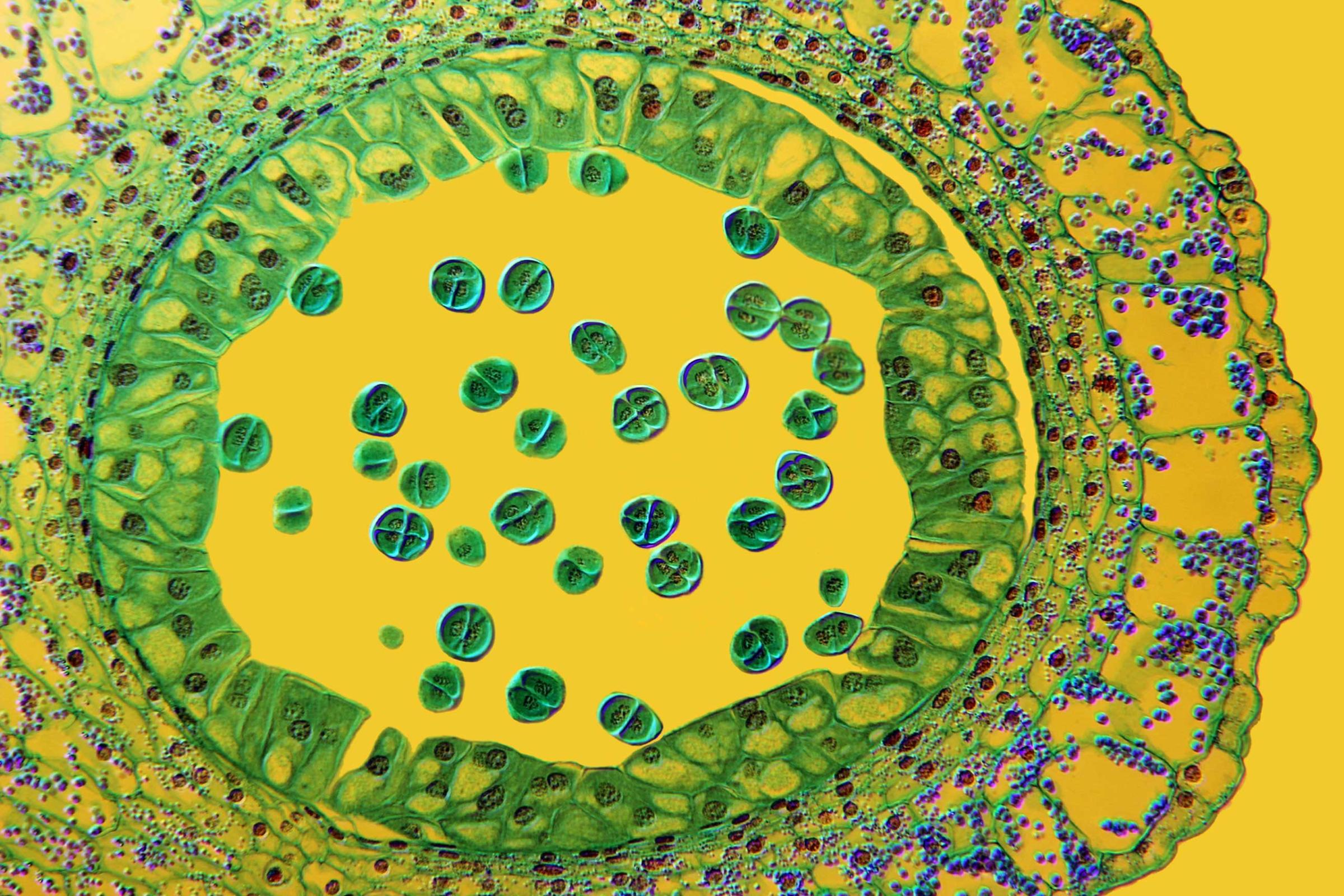

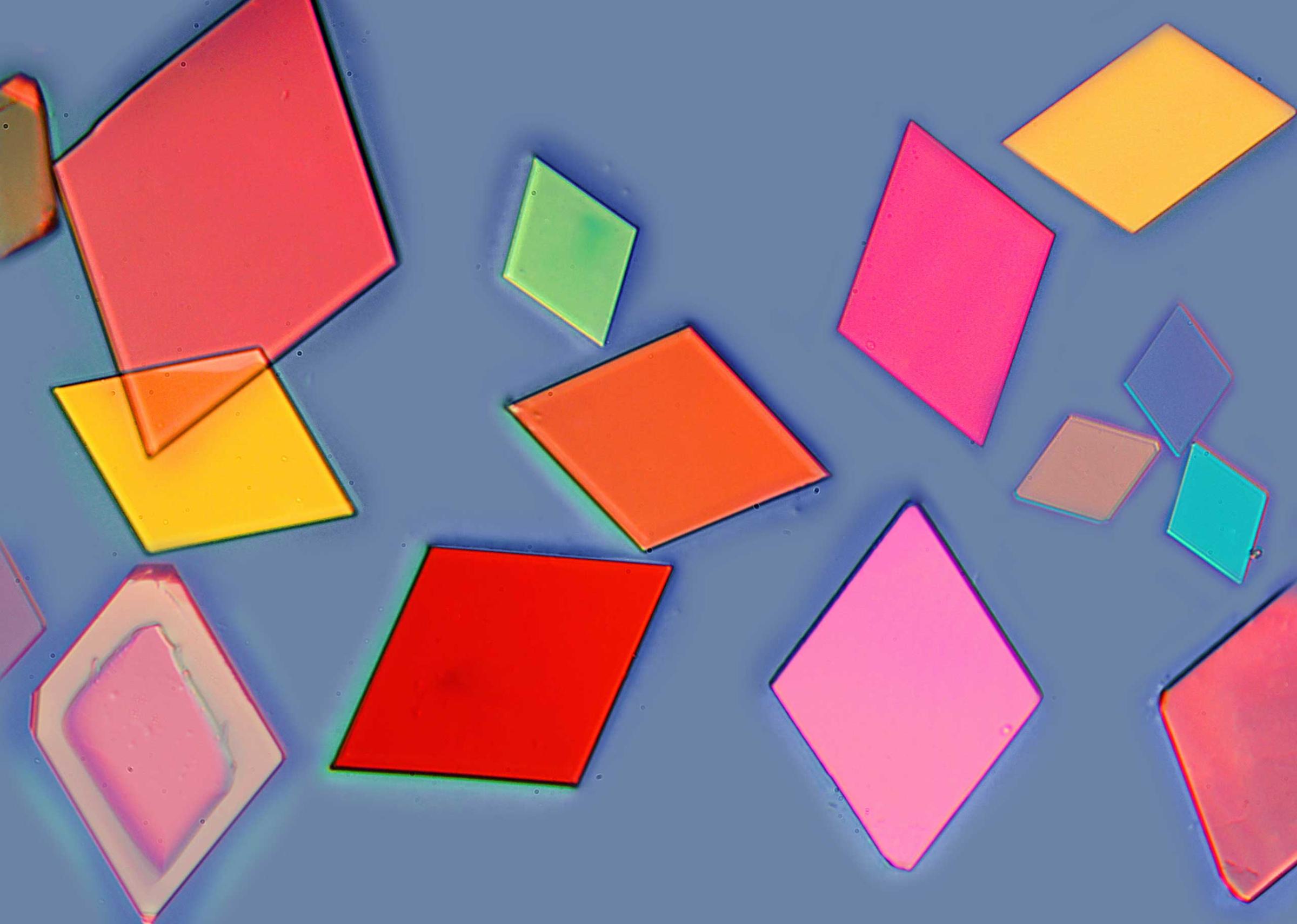
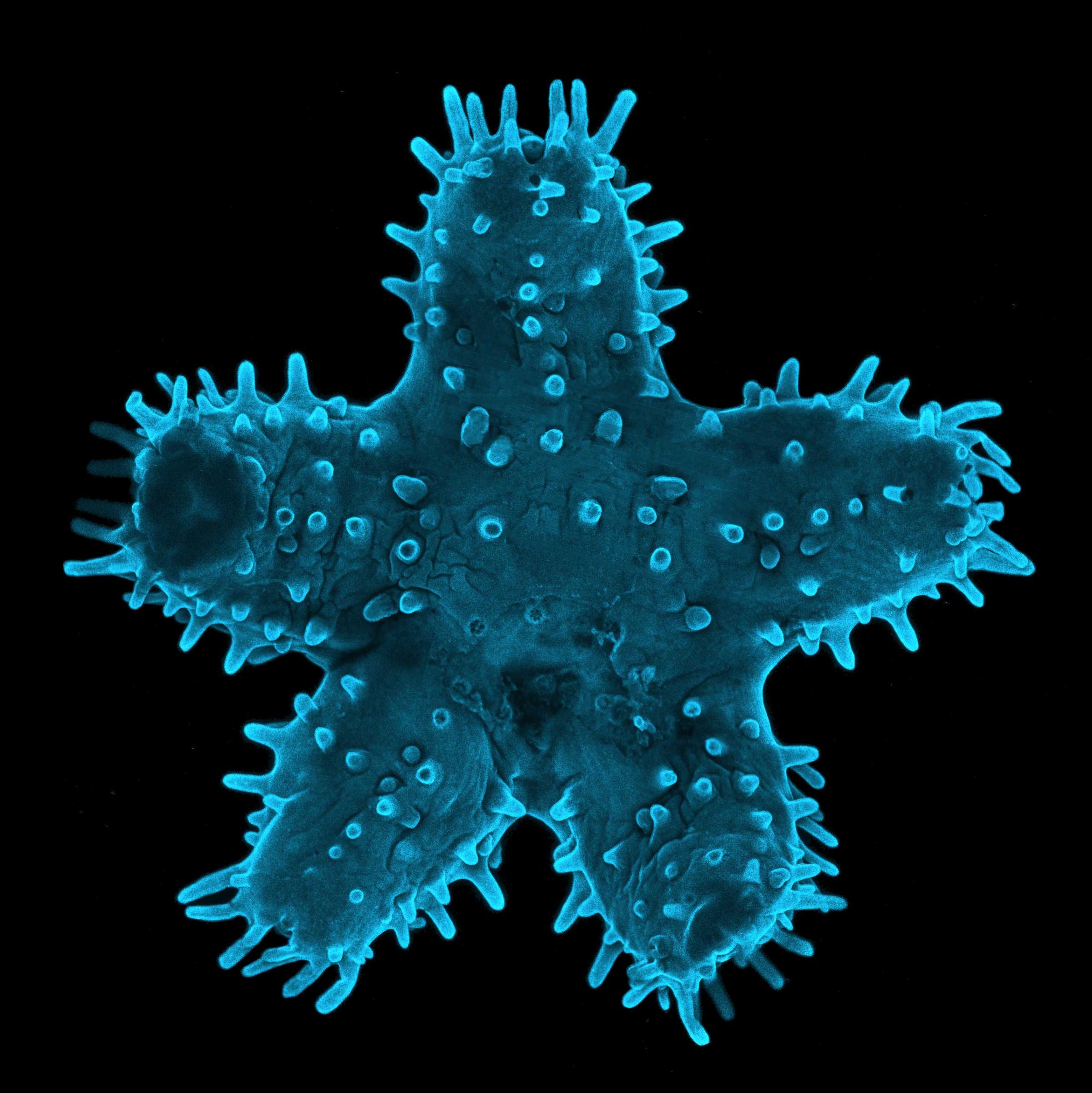
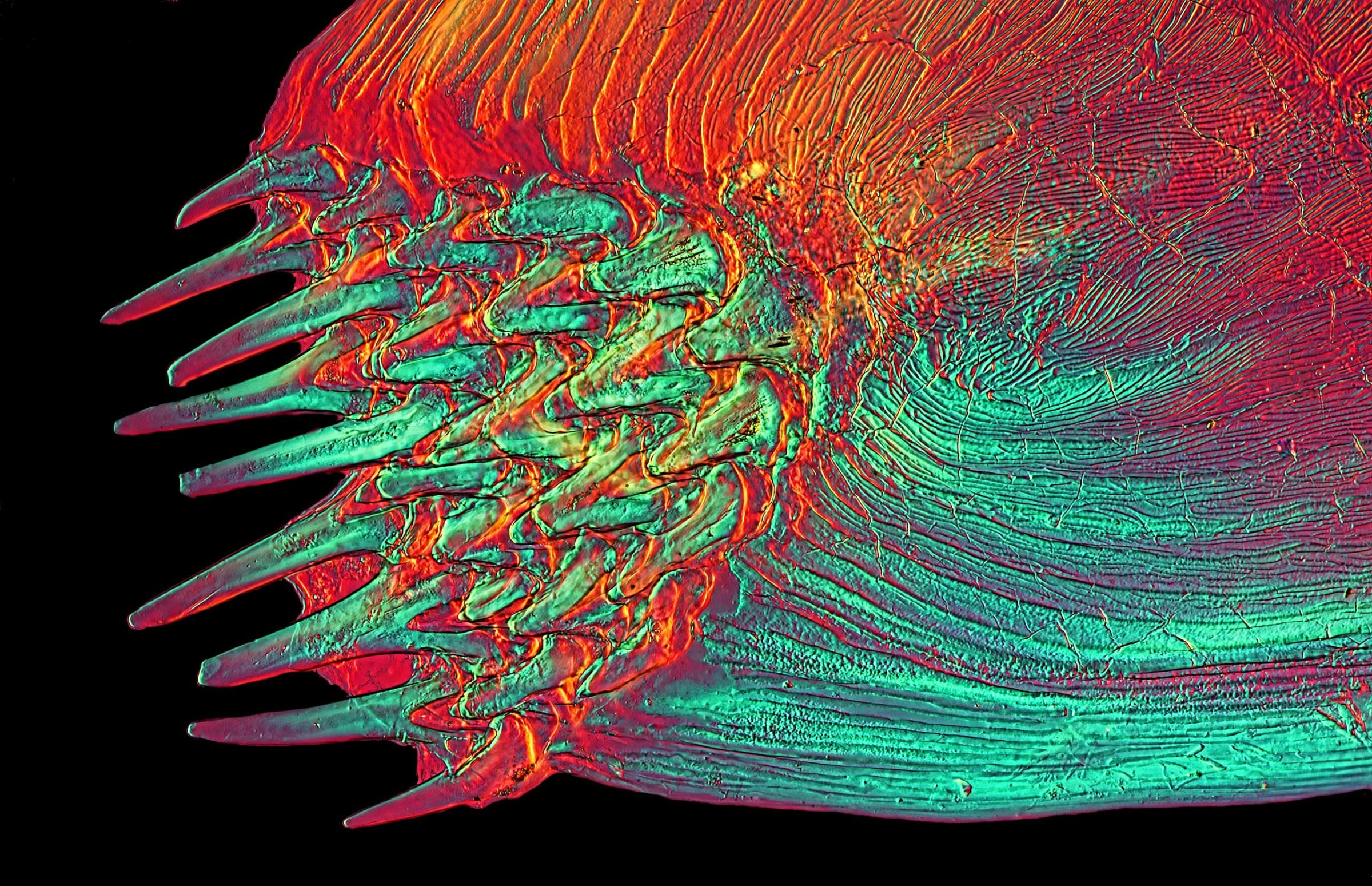
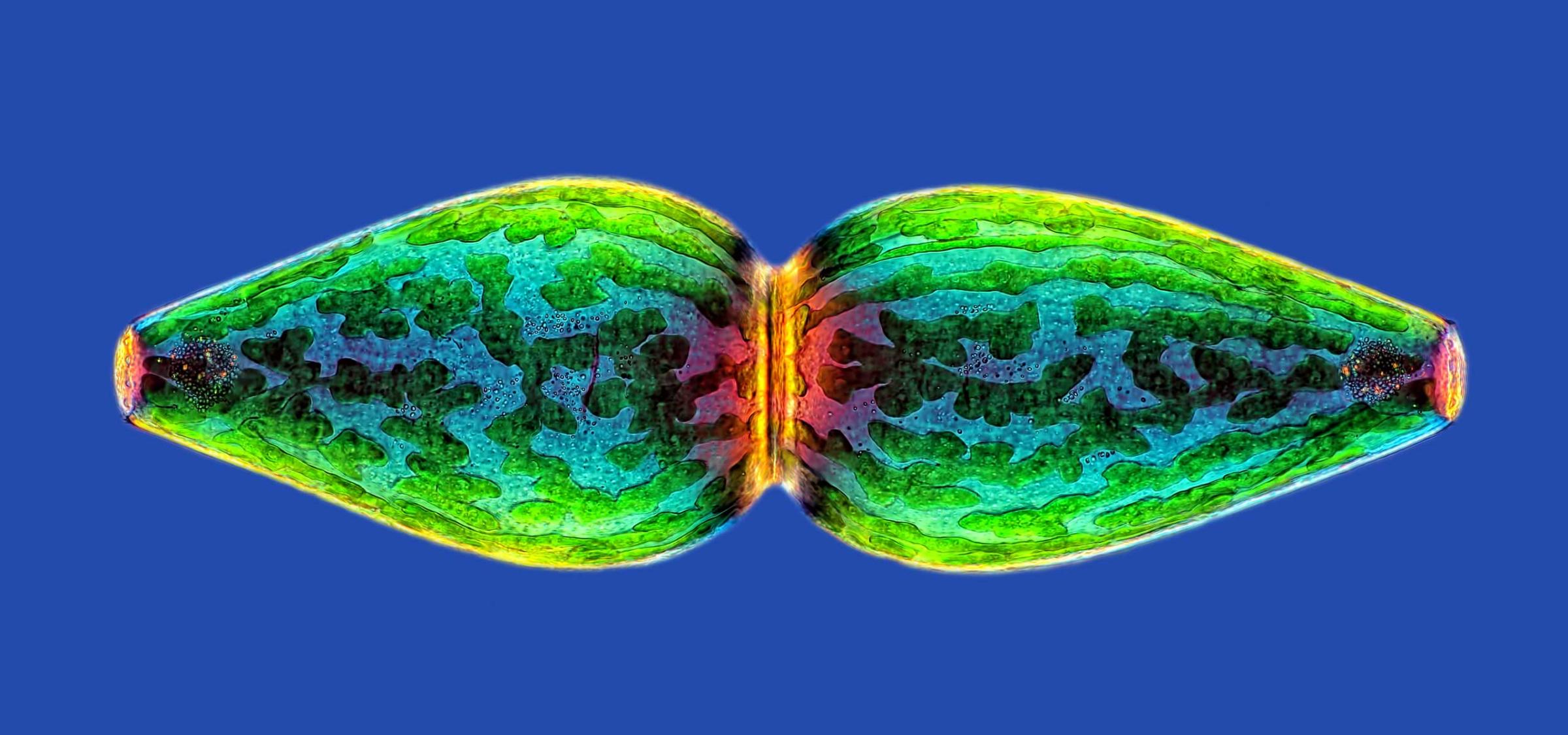
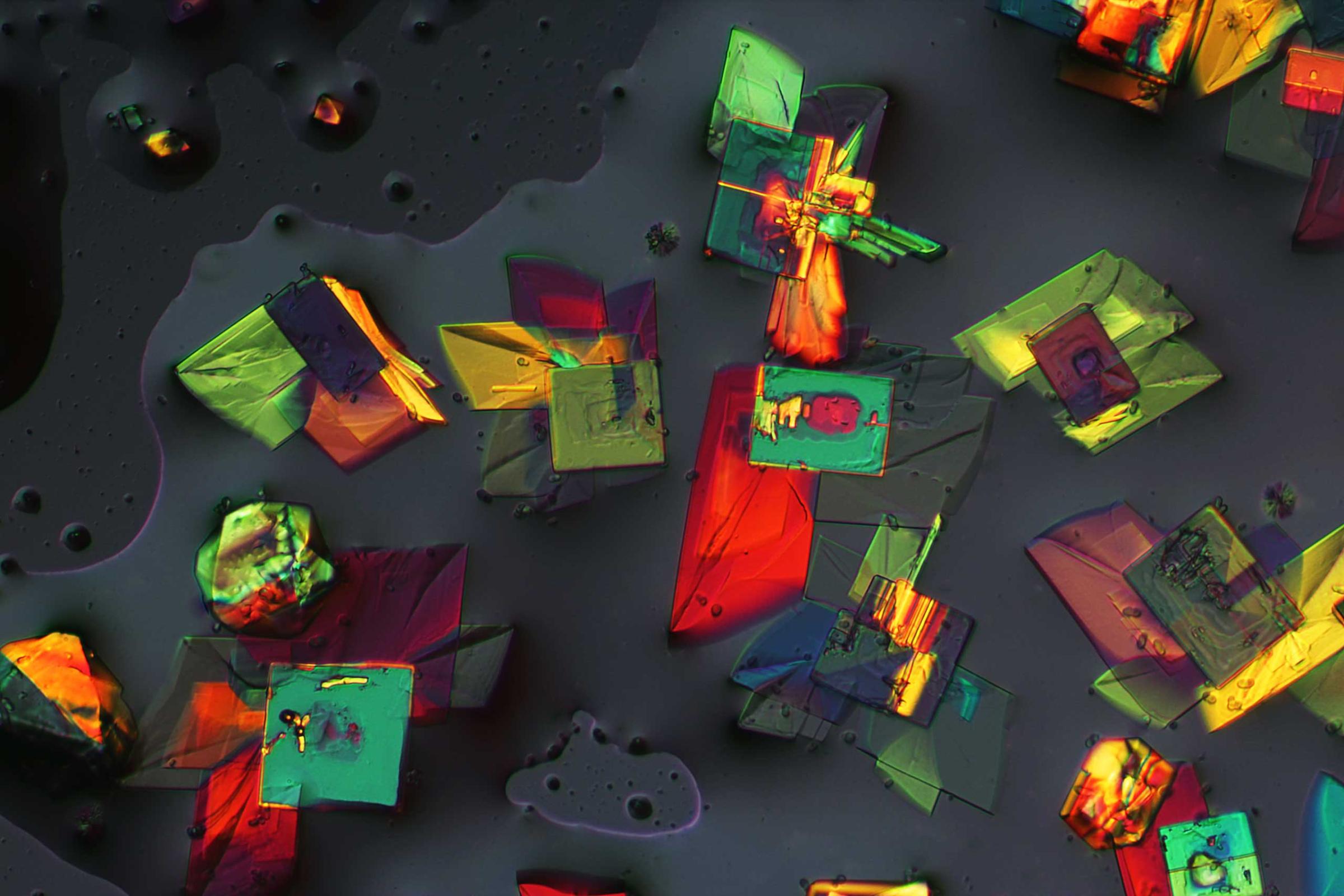

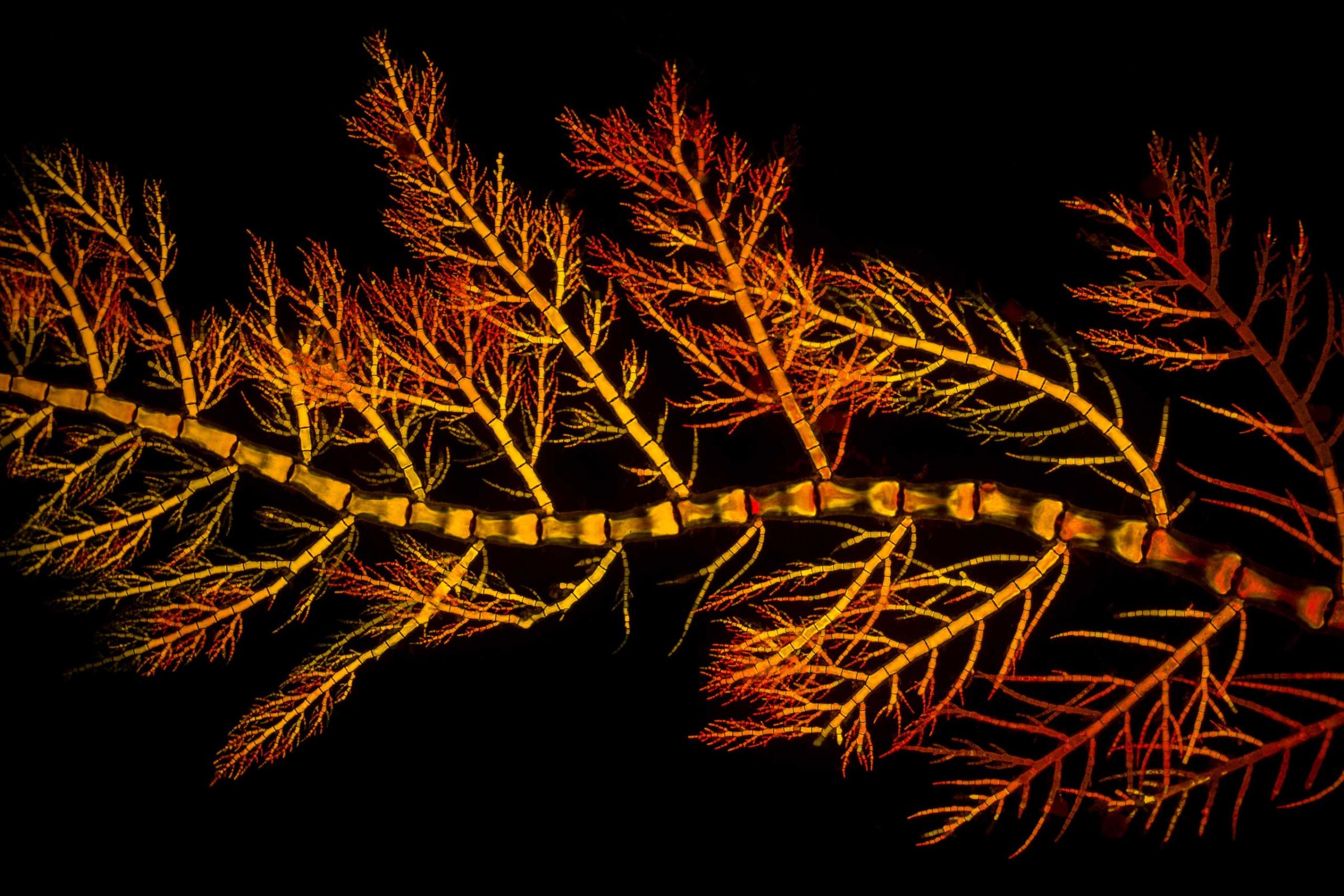
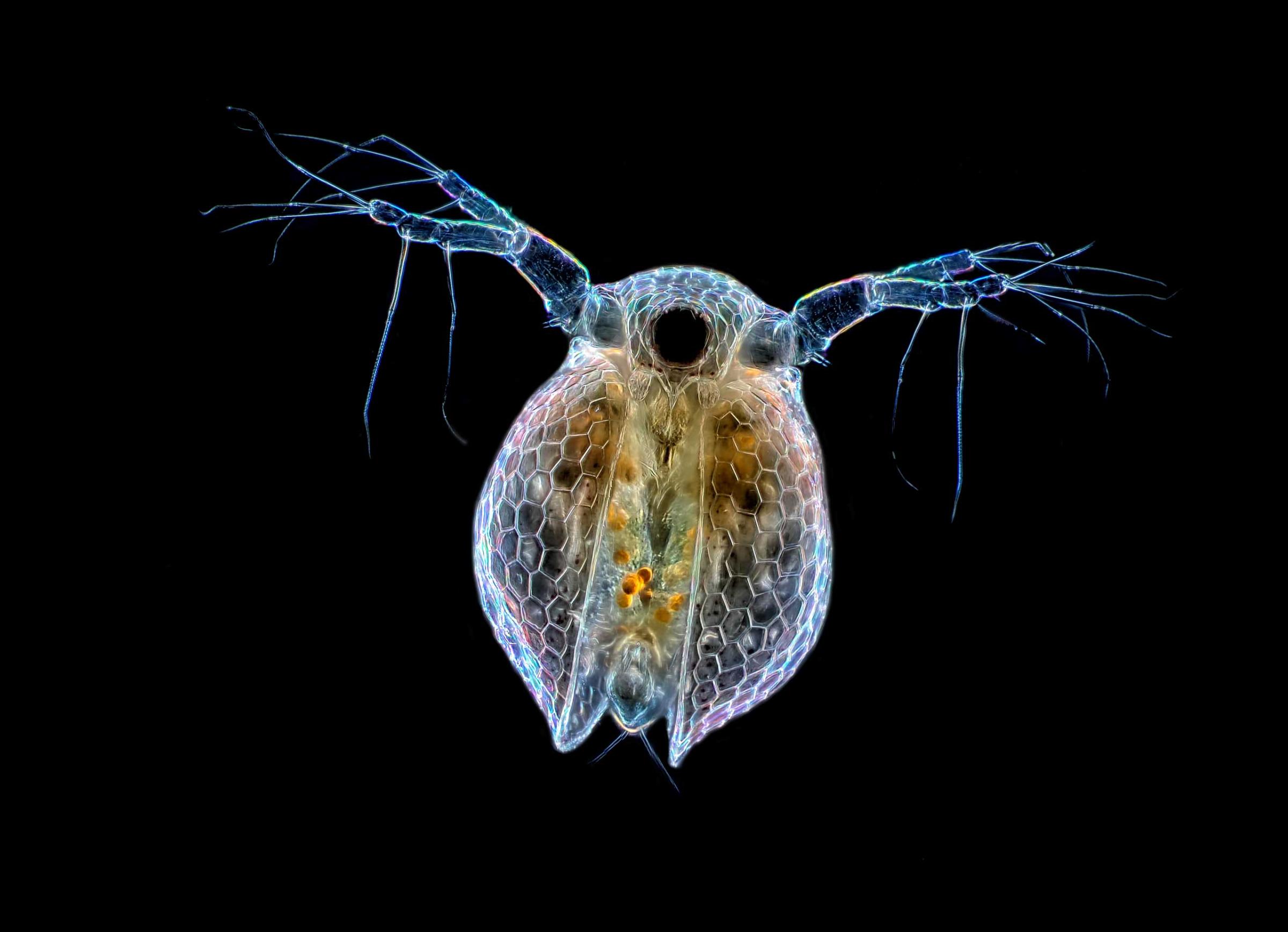


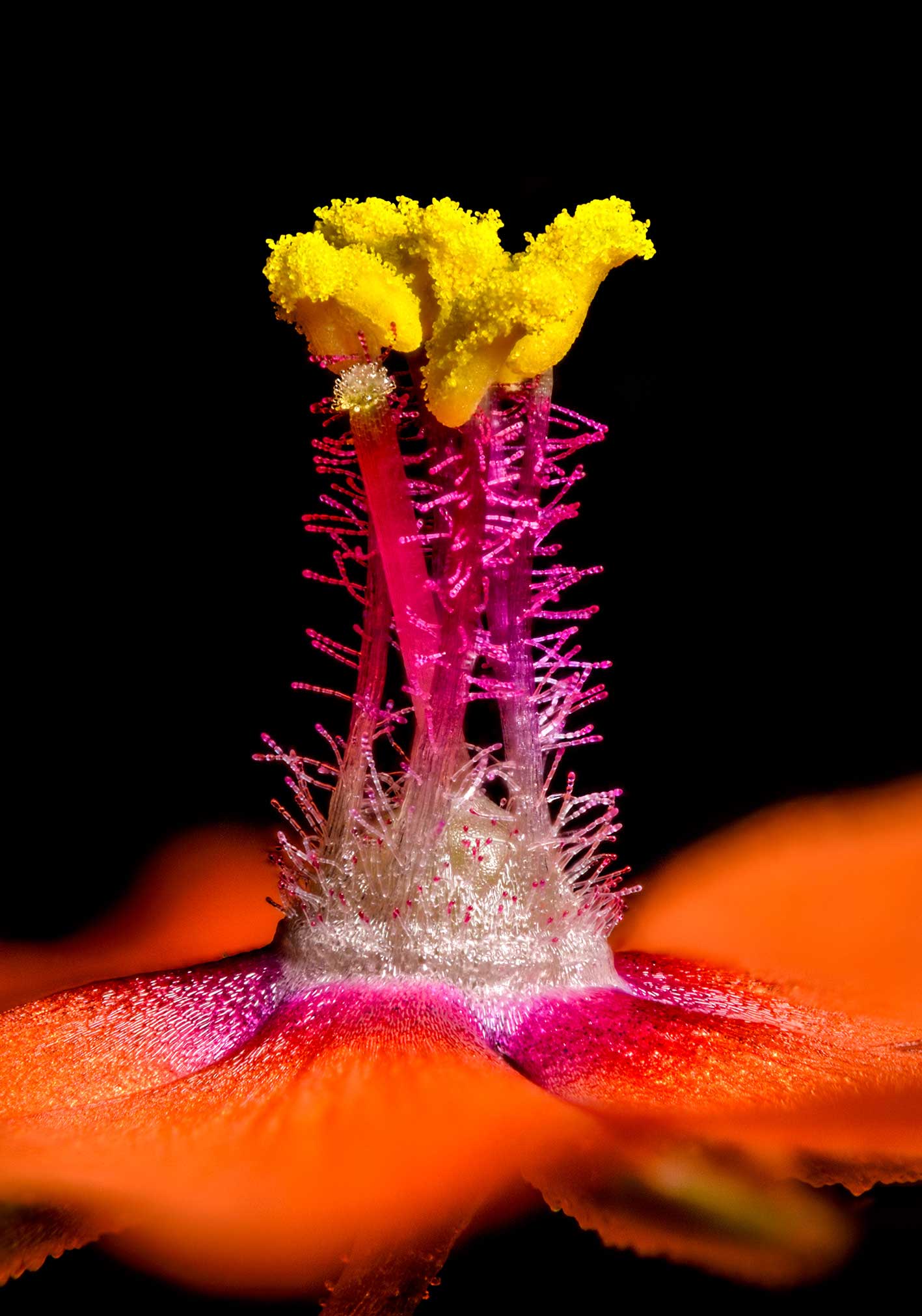
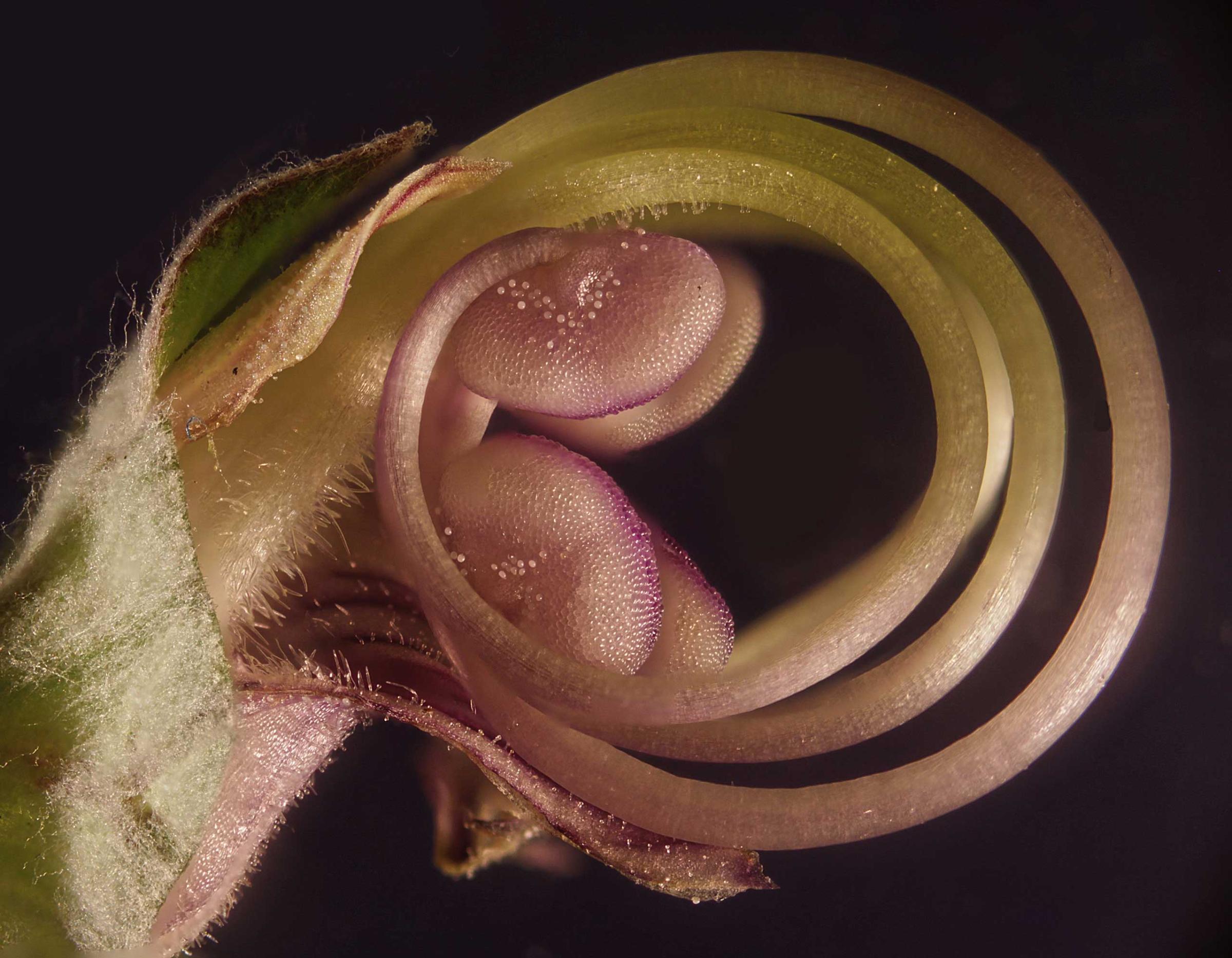
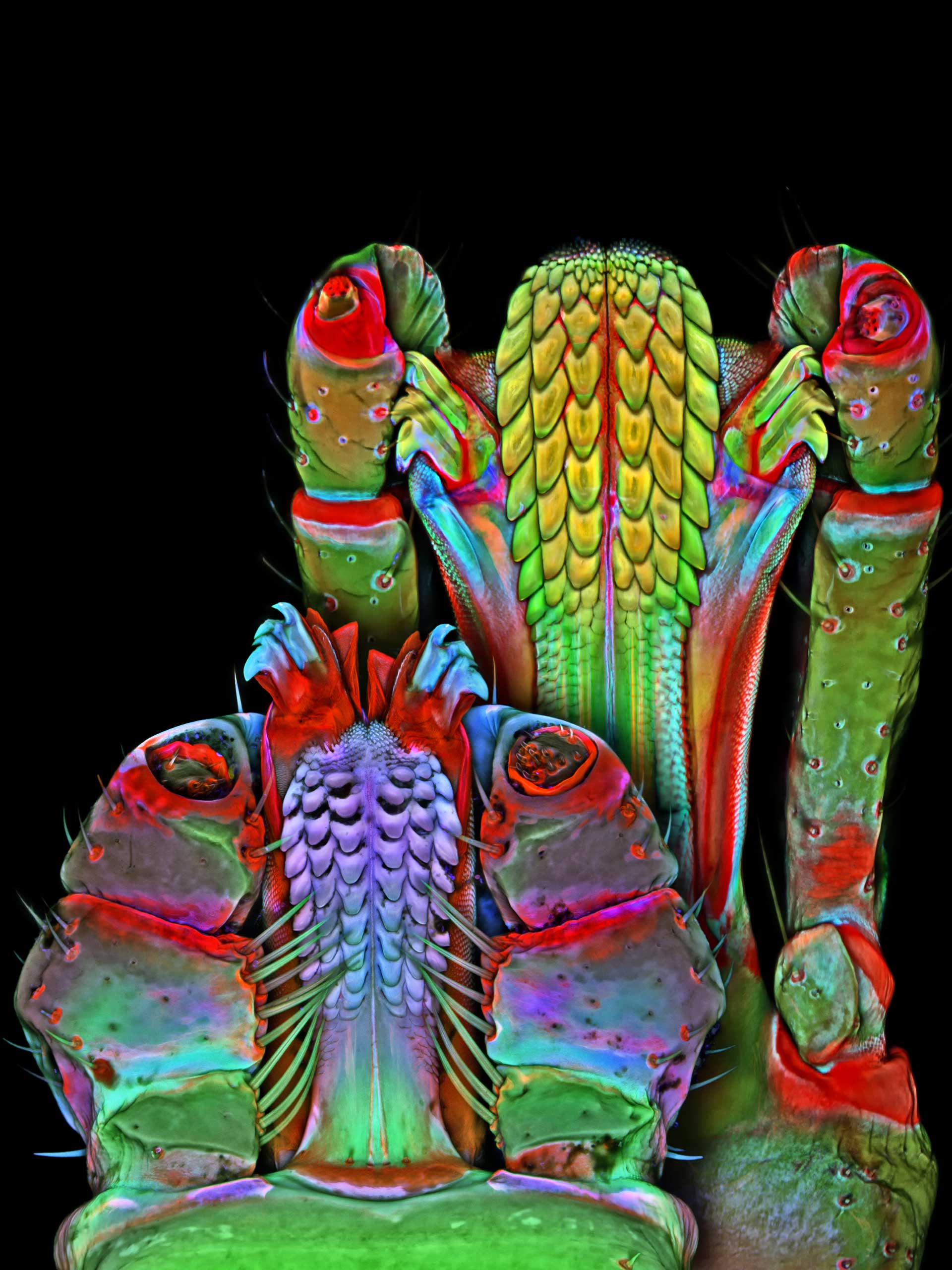

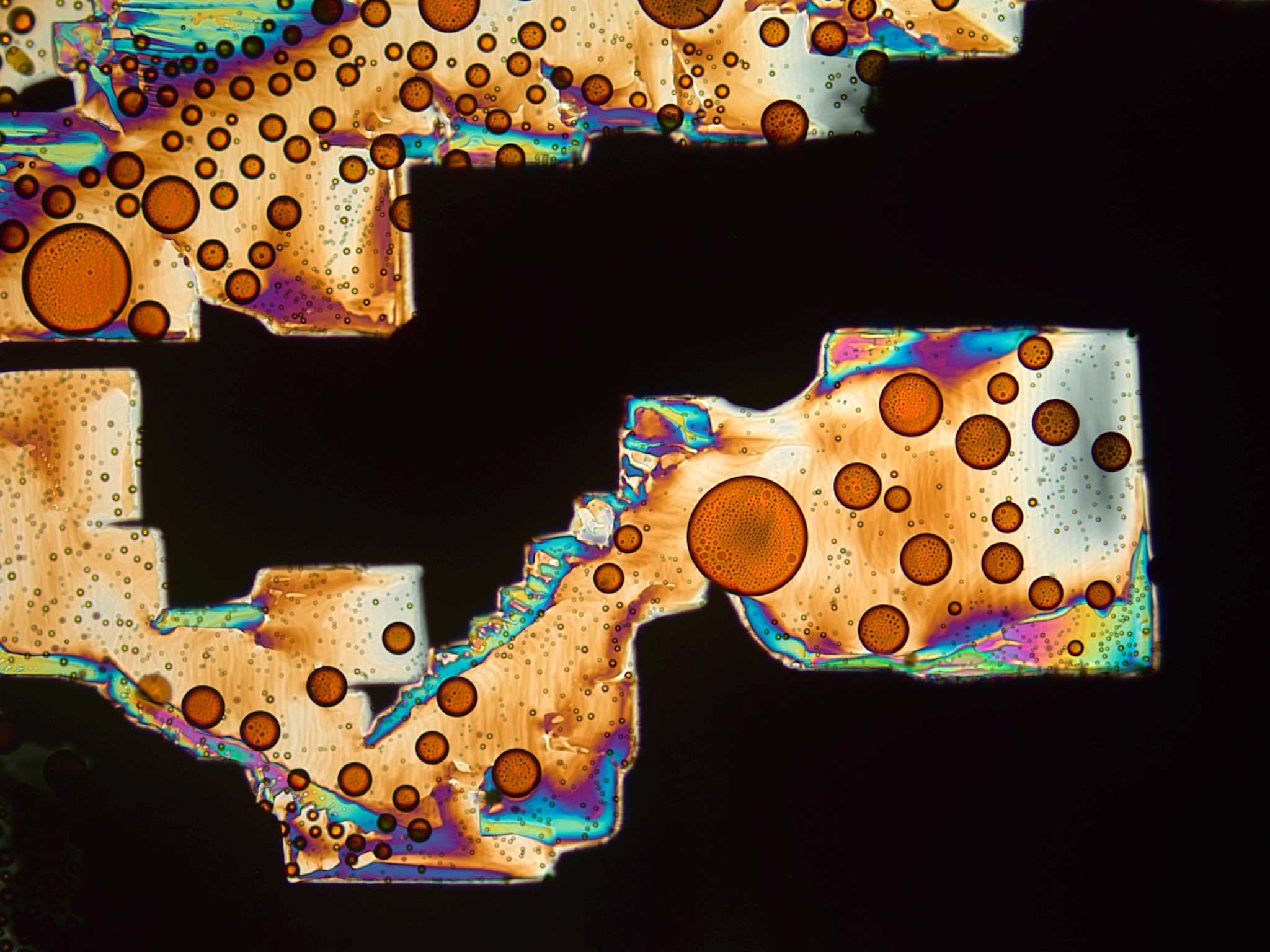
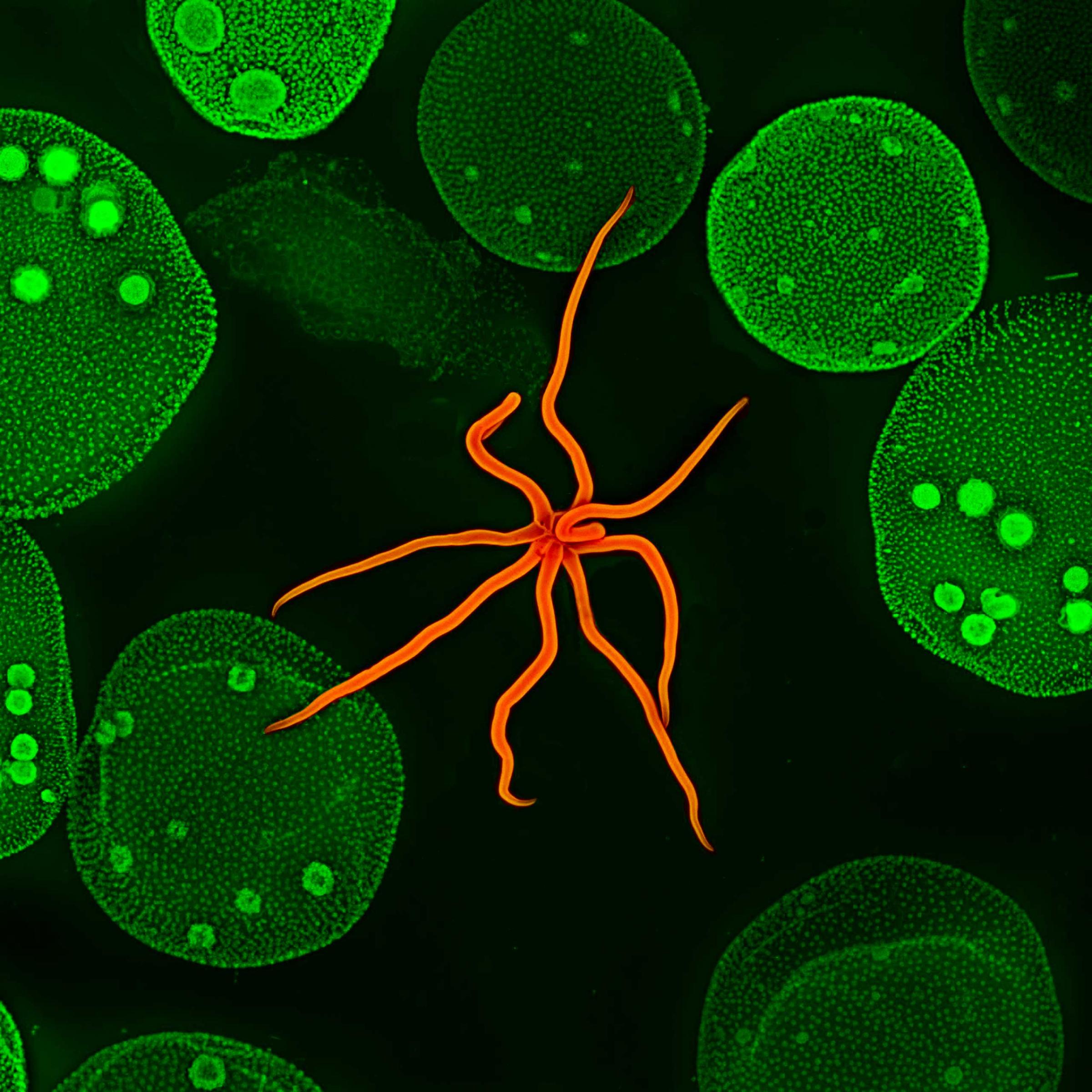
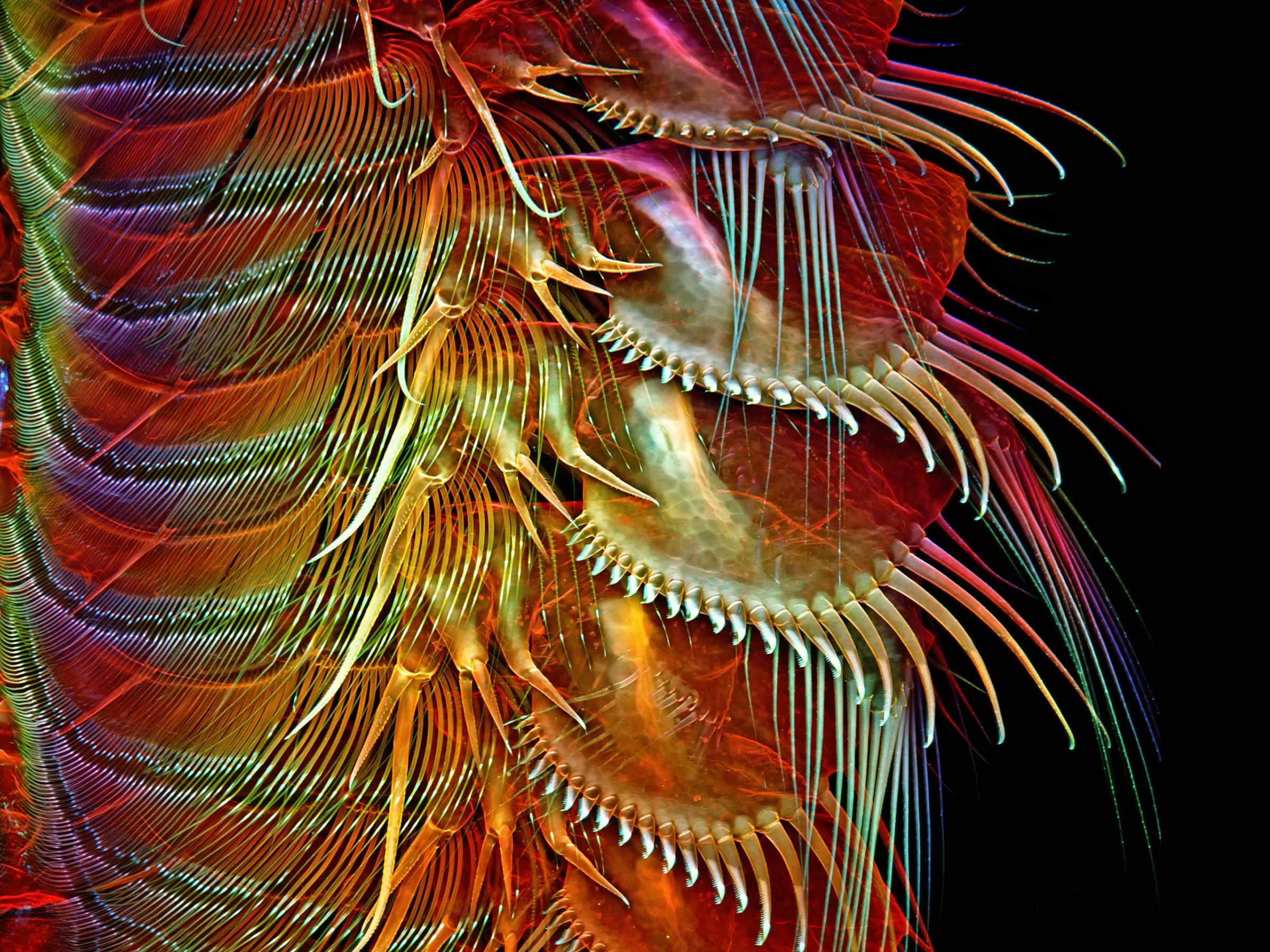
Read next: What’s the World’s Deadliest Creature?
Download TIME’s mobile app for iOS to have your world explained wherever you go
More Must-Reads From TIME
- The 100 Most Influential People of 2024
- The Revolution of Yulia Navalnaya
- 6 Compliments That Land Every Time
- What's the Deal With the Bitcoin Halving?
- If You're Dating Right Now , You're Brave: Column
- The AI That Could Heal a Divided Internet
- Fallout Is a Brilliant Model for the Future of Video Game Adaptations
- Want Weekly Recs on What to Watch, Read, and More? Sign Up for Worth Your Time
Contact us at letters@time.com